What is the Pansexual Flag and Who Does It Represent?
The pansexual pride flag is an important part of a newer but flourishing sexual identity within the LGBTQ+ community.
Understanding where this flag came from and who wanted to fly it is crucial to including pansexuals within the community and extending them the love, support, and acceptance that everyone deserves.
The History of the Pansexual Flag
The pansexual flag is an eye-catching combination of three colors - pink, yellow, and blue. The pink represents the desire of pansexuals to women, the blue depicts attraction to males, and the yellow reflects everybody in between.
It was originally conceptualized in 2010 on the internet to reflect the growing interest in pansexuality as an accepted term. Although the term pansexual had existed before that, the early 2010s was when it really took off within the LGBTQ+ community.
People started exchanging ideas more frequently using the internet, and enough people decided that they wanted something that included everyone.
Many people preferred the term pansexual to define themselves because before, they only had the word bisexual.
Many people have misrepresented the term bisexual by understanding it to mean that someone can be attracted to both men and women, when in actuality, bisexual means that you can be attracted to people who are the same gender as you or a different gender. Because of that confusion, plenty of transgender, non-binary, and intersex people had been looking for a more inclusive term that would not conspicuously leave them out.
The word pansexual seemed like the perfect opportunity. The prefix "pan" is Greek for one or all of them. Some individuals have also replaced the “pan” prefix with the Latin prefix "omni" for all to create the term omnisexual, with the same meaning as pansexual. Why the term pansexual became far more common in culture than omnisexual is not entirely obvious.
The first documented use of the pansexual concept comes from a 1917 review of early psychology. The author, though, employed the word pansexualism to indicate that all aspects of human actions are influenced by the desire to have sex or that any human instinct is linked to the impulse for reproduction. As you can see, over the next century, the word evolved significantly.

Who Counts as Pansexual?
Pansexual people don’t let gender or sexuality define who they are attracted to romantically or sexually. Instead of physical appearance or gender presentation, their attractions are focused on emotion and personality.
For everyone, no hard and fast description exists. In general terms, however, a pansexual person is someone who can feel romantic and sexual appeal to another person without regard for the gender or sex of the other person.
In essence, when it comes to some form of attraction, they are known as "gender-blind" since pansexual people aren’t put off by gender. However, some individuals find the phrase “gender-blind” to overlook lived experiences and how gender expression influences the life of a person, so some pansexual individuals may not define their encounters with that particular phrase.
Keep in mind, too, that identifying as pansexual has no bearing on your gender. Your gender presentation is completely separate from your sexuality. It might be easy to confuse the two terms or to assume that someone who is pansexual is also transgender or non-binary because they choise to use such an inclusive term.
Still, there is no exclusive access to pansexuality or any other sexuality. Although it is not something that you wake up one morning and choose, people of all genders are equally likely to be pansexual, and being trans or cis isn’t a requirement of being pan.
Pansexual indidiuals are proud of their identity (as they should be), so every 24th May, pansexuals across the planet take pride in their sexuality and commemorate Pansexual and Panromantic Awareness Day together.
The celebration was first honored in 2015 and remains a wonderful way to teach folks in the LGBTQ+ community and beyond about the significance of pansexuality as a legitimate sexual identity. No matter how you plan to identify, you're presenting your diverse stories, and you should rejoice in yourself.

Celebrities Who Identify as Pansexual
In the past decade, quite a few different celebrities have come out as pansexual, joining the LGBTQ+ community and supporting the movement for pansexual to become a more widely recognized term.
This has been a great way to draw attention to the debates within the LGBTQ+ community and to address issues that have cropped up since the introduction of the term pansexual.
Some of the more famous celebrities include:
- Miley Cyrus
- Jazz Jennings
- Lizzo
- Janelle Monae
- Tyler Posey
- Brendon Urie
Although some are more famous than others, allowing queer people to see themselves represented among their favorite music stars, actors, influencers, and even politicians gives hope for the future.
Whether or not a famous person gets involved in activism, pansexual people can see someone like them being accepted by others in society, which inspires more people to try and achieve those same goals.

In Conclusion
If you want to fly your pansexual pride flag the next time Pansexual Awareness Day rolls around, go for it.
We encourage everyone to celebrate the things that make them unique and special, and there is no better way to do that than by flying the flag of your identity. You can also check out some of the coming out stories on our site of people who realized that they were pansexual if you are looking for a little bit of inspiration or support from our community.
Be loud and proud (or quiet and modest), but most importantly, be yourself!
Sources:
https://cadehildreth.com/pansexual-flag/


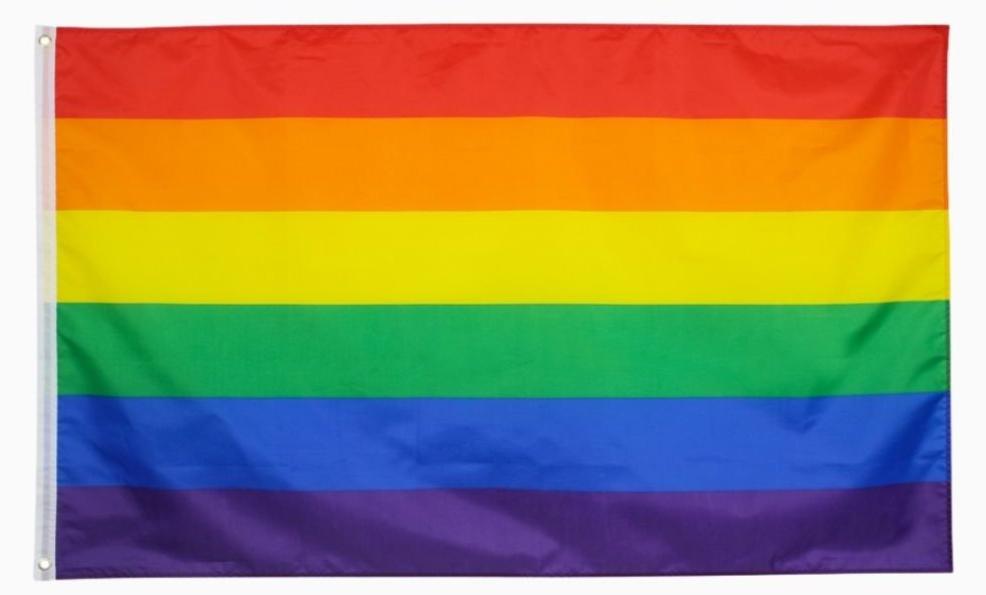
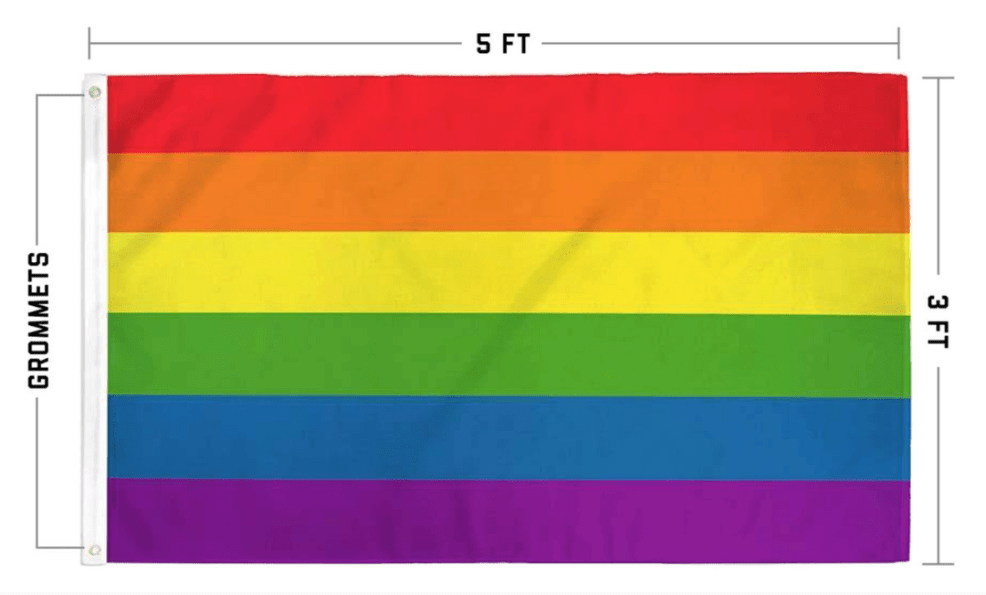
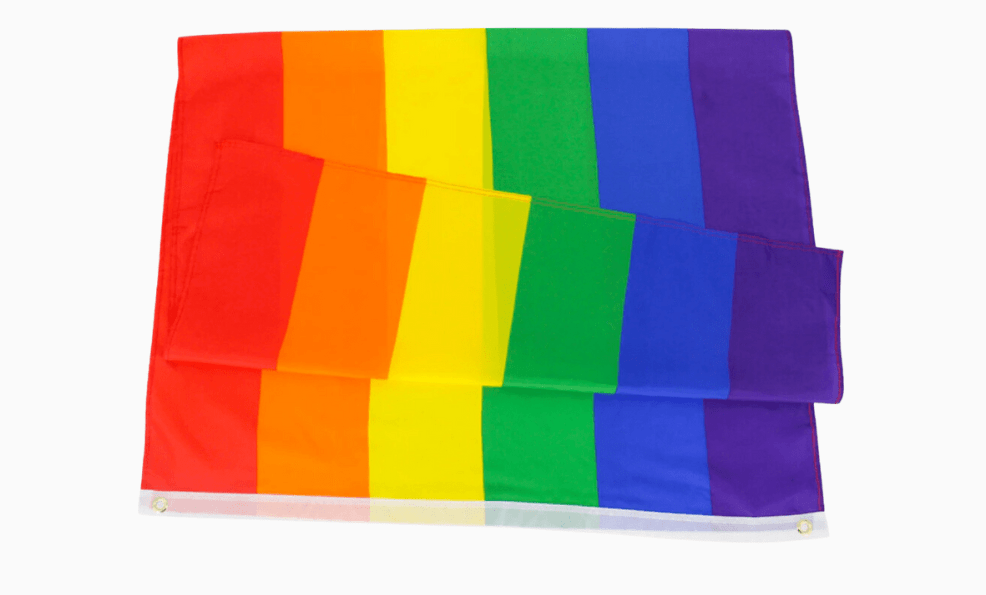
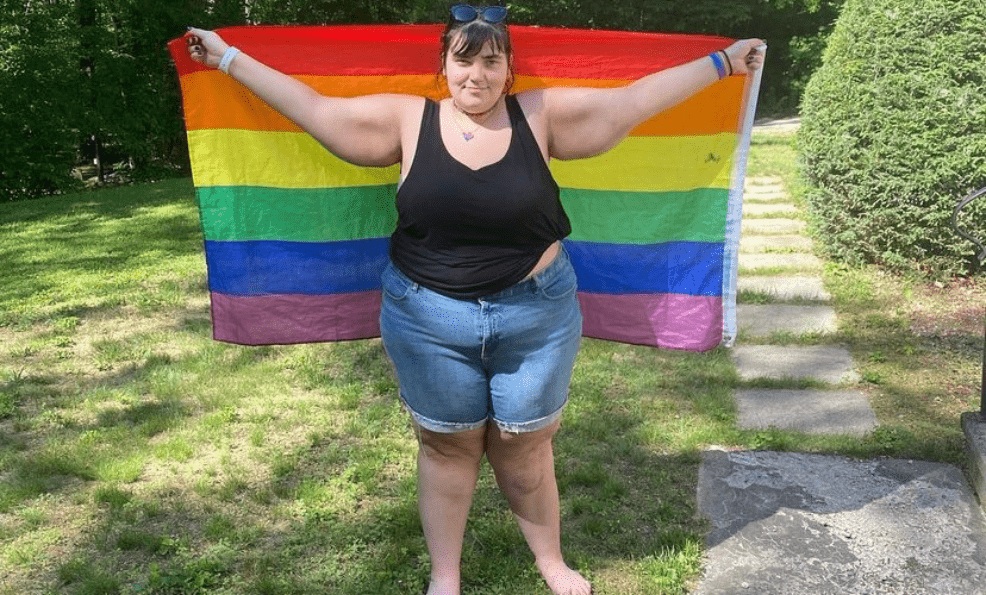

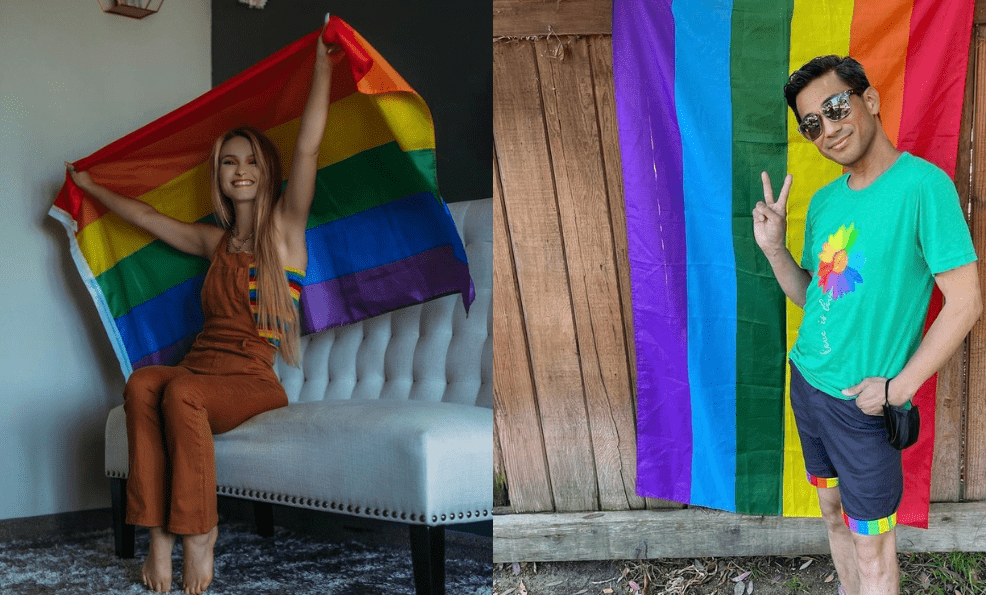
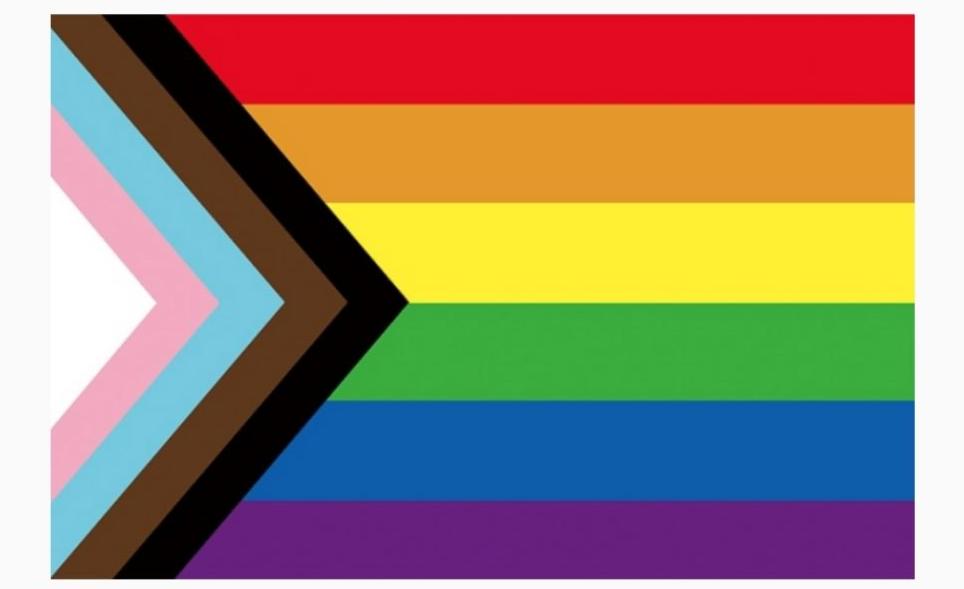
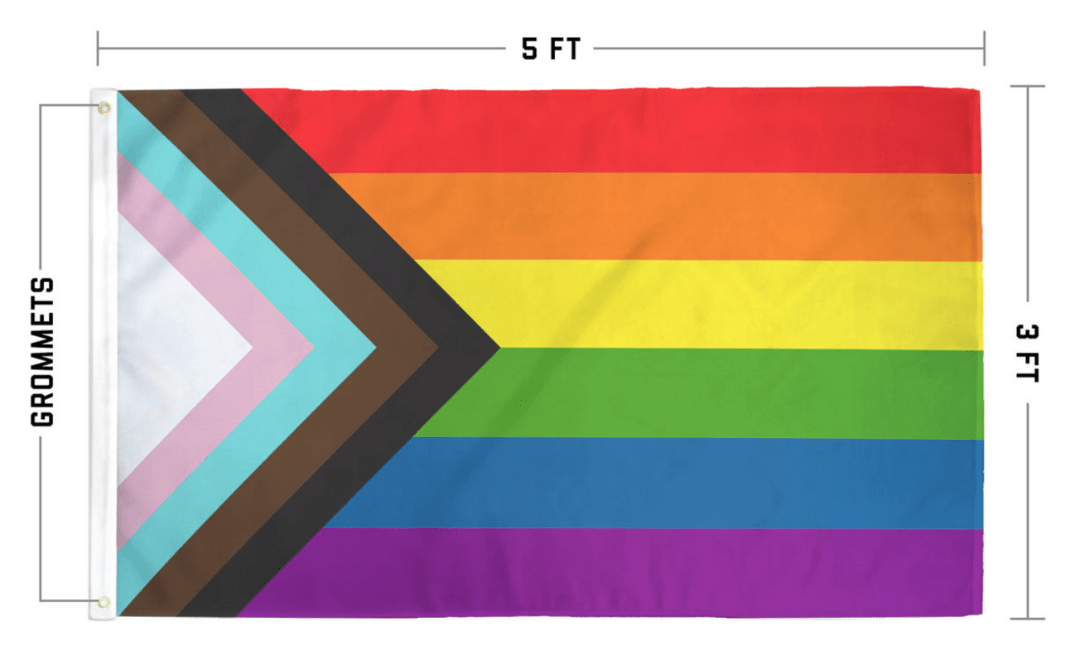
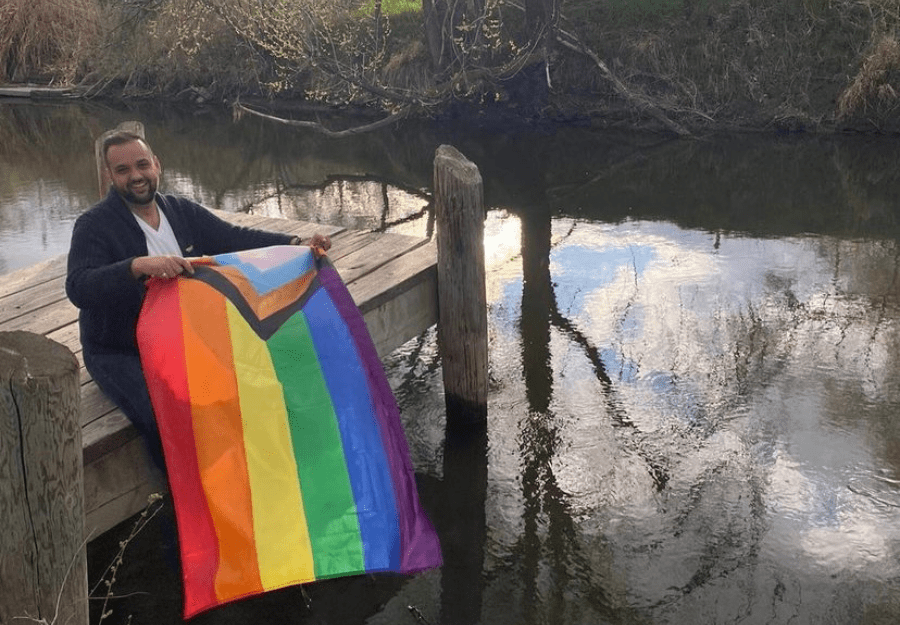

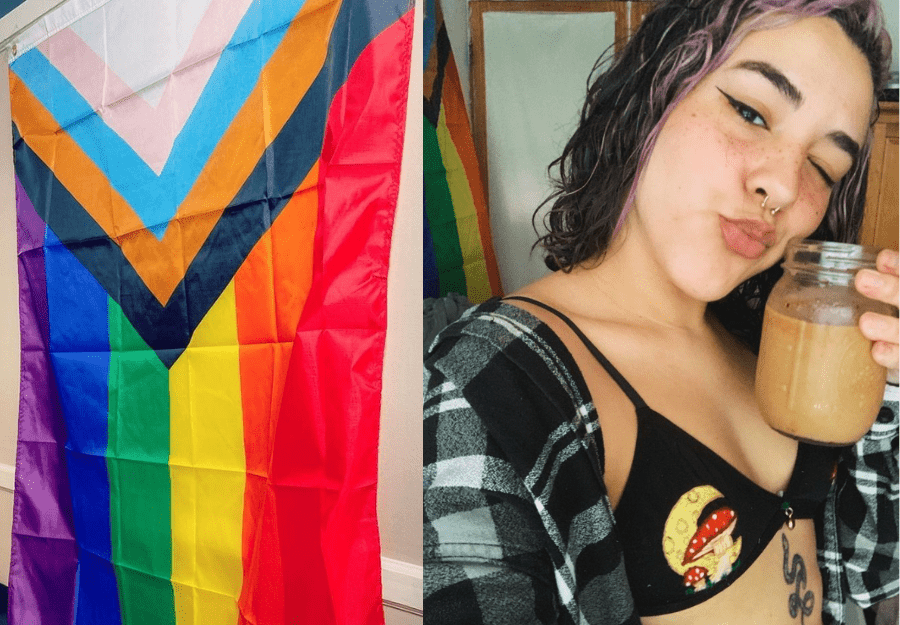
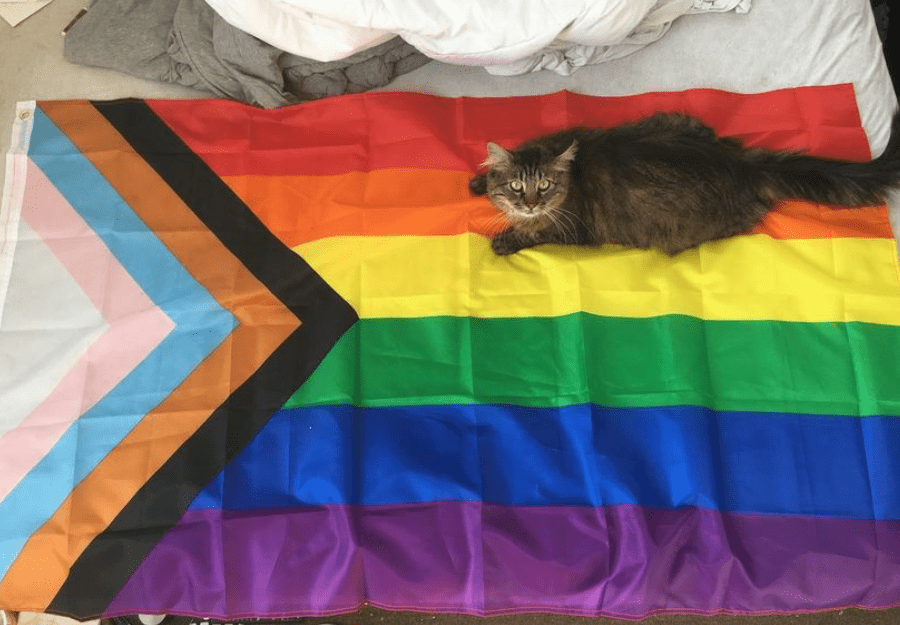
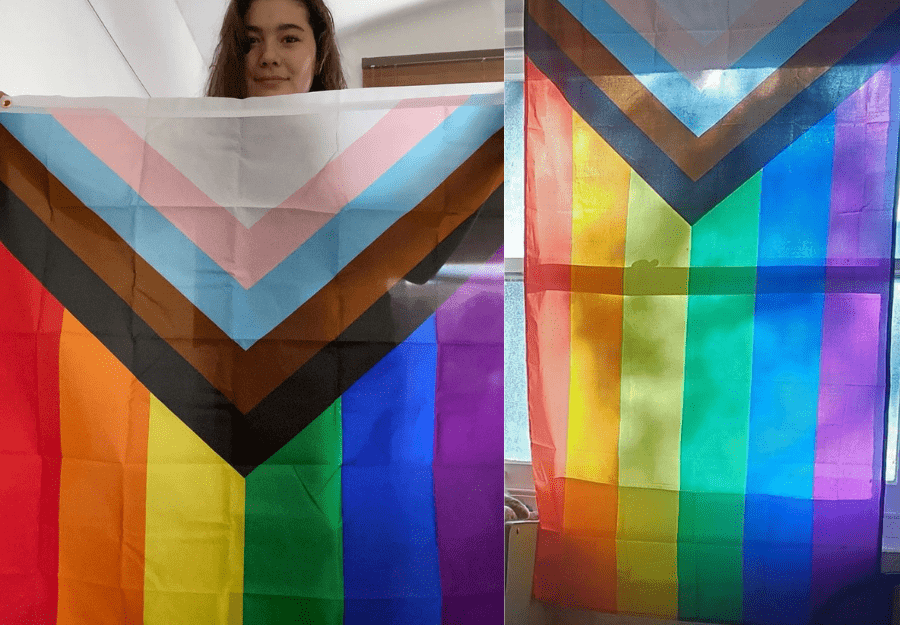


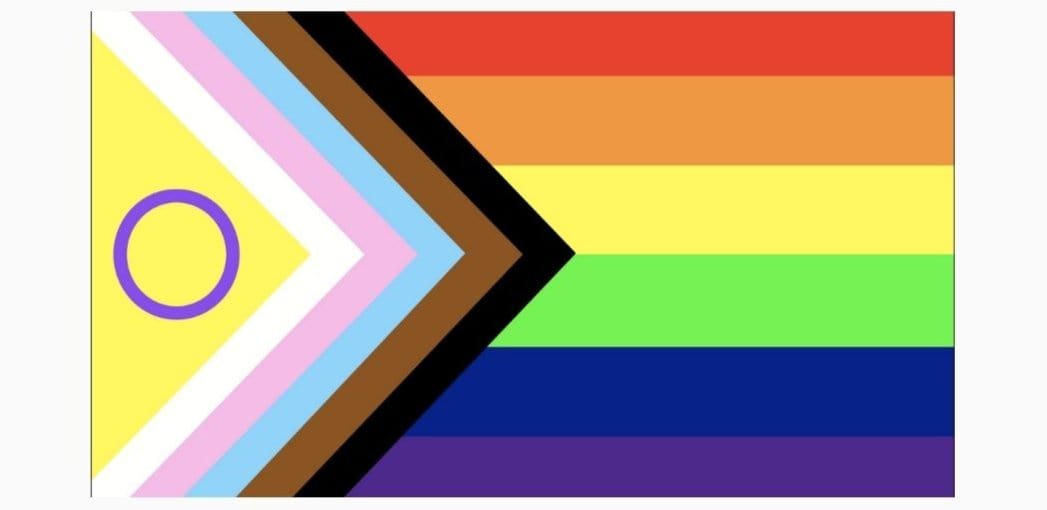
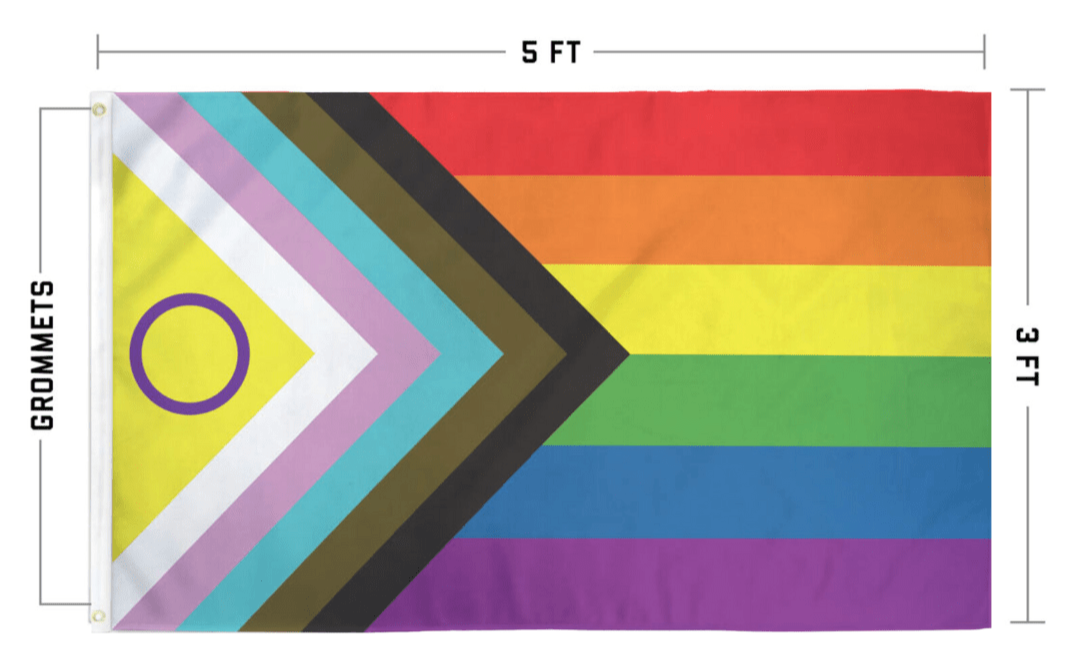
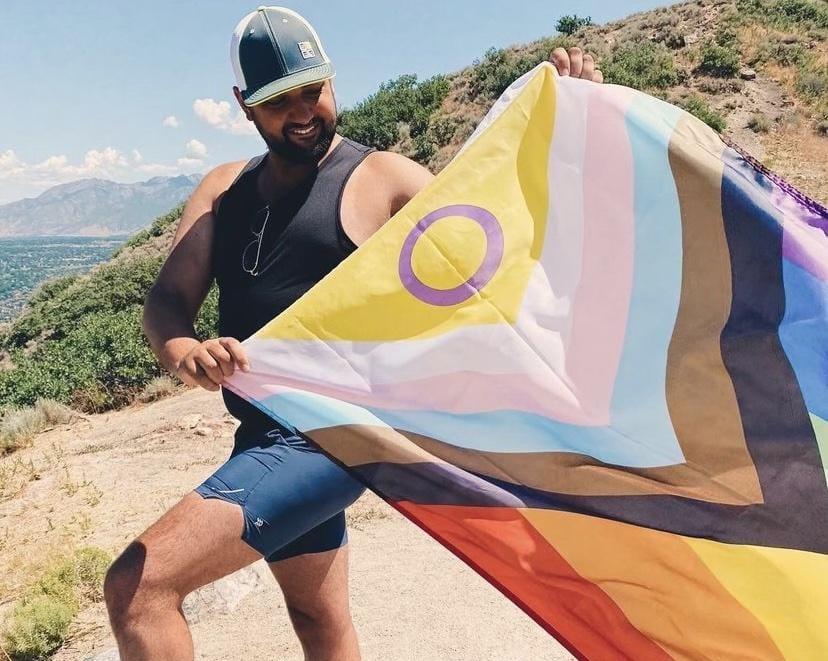
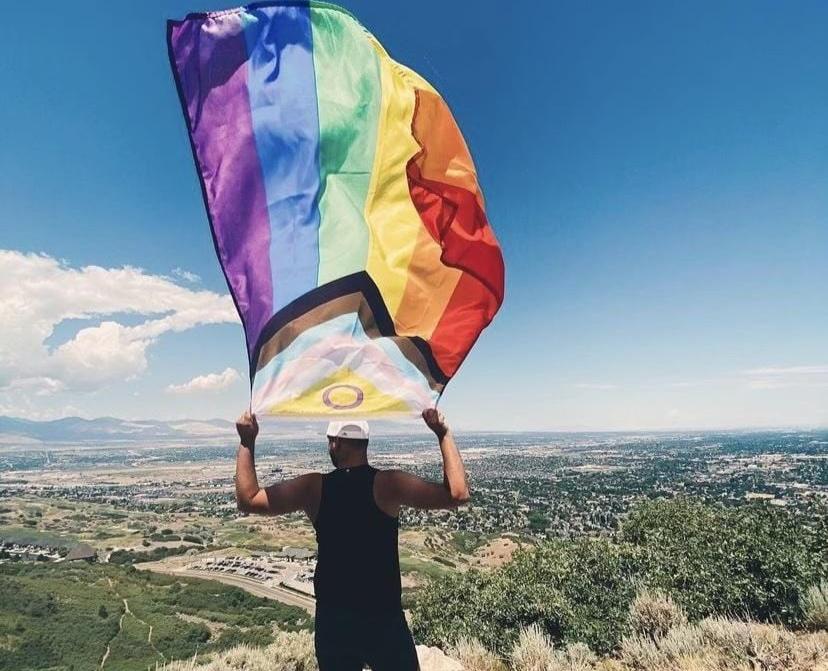

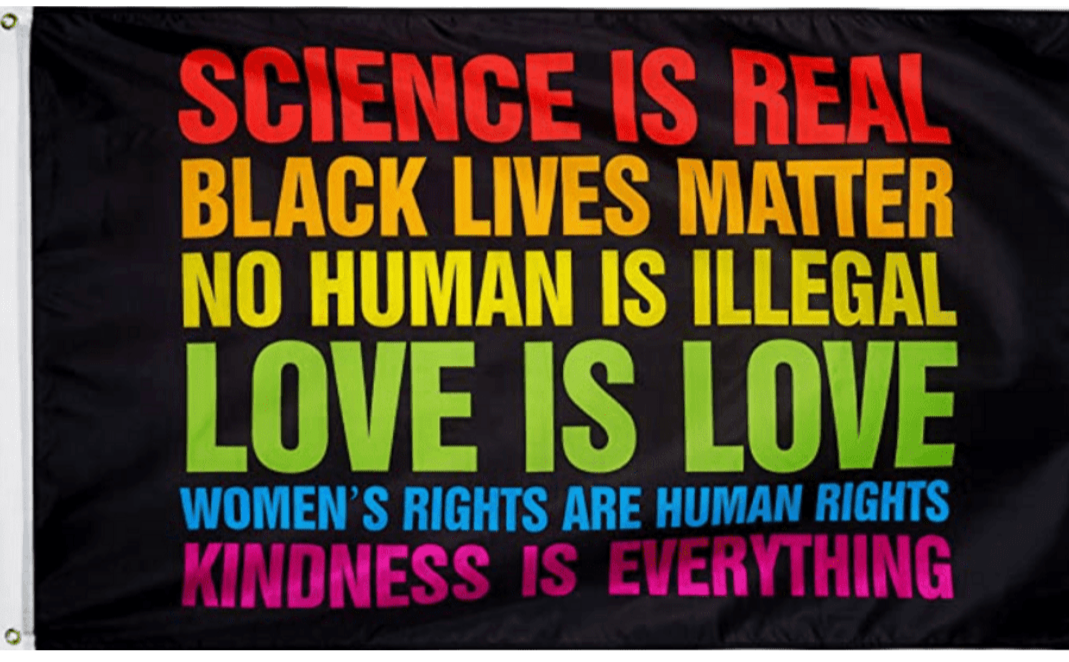
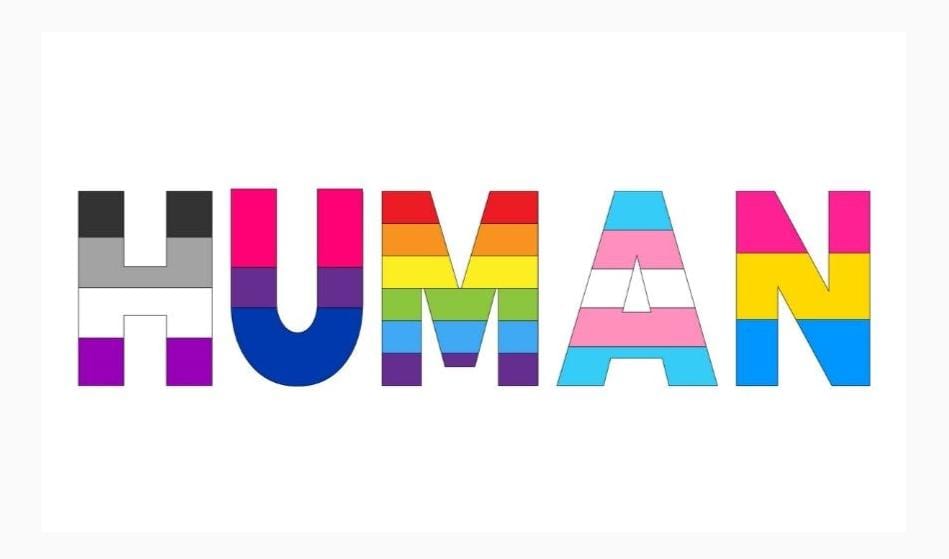
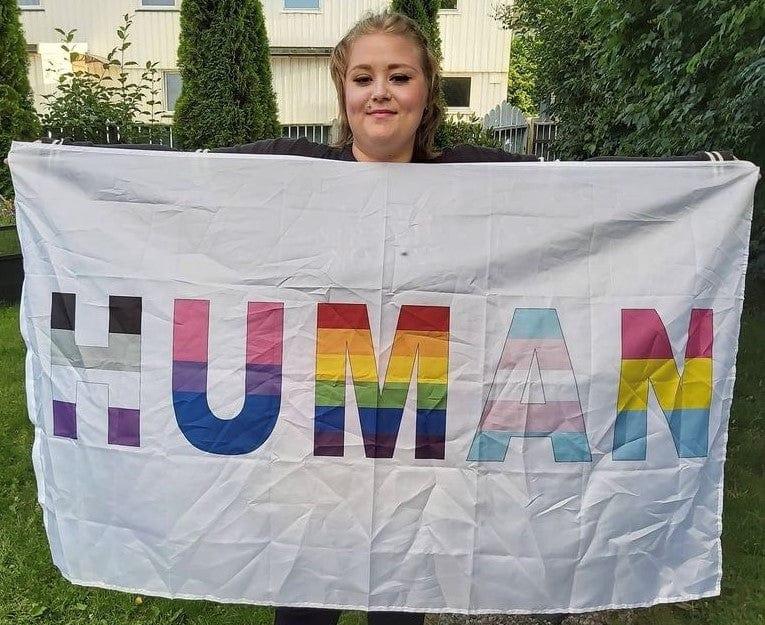
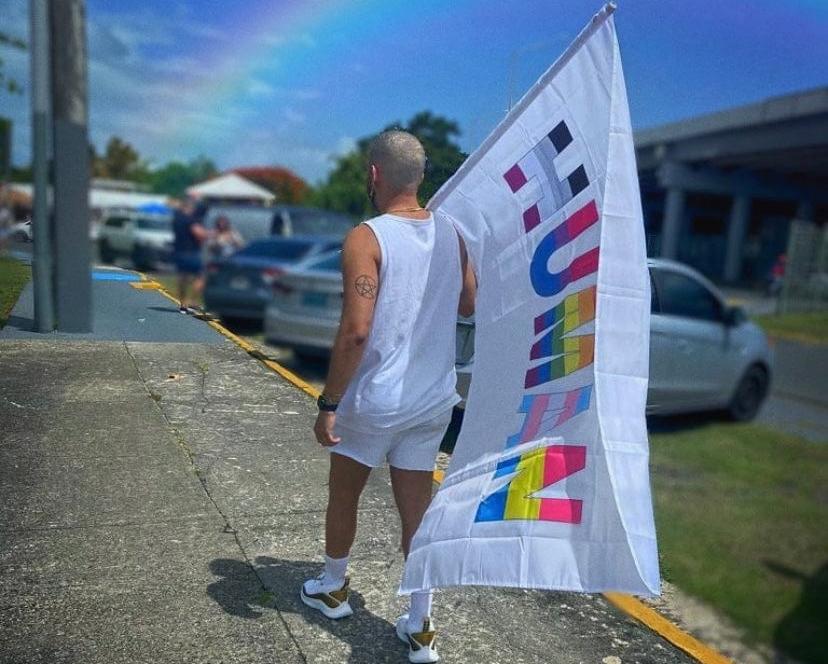
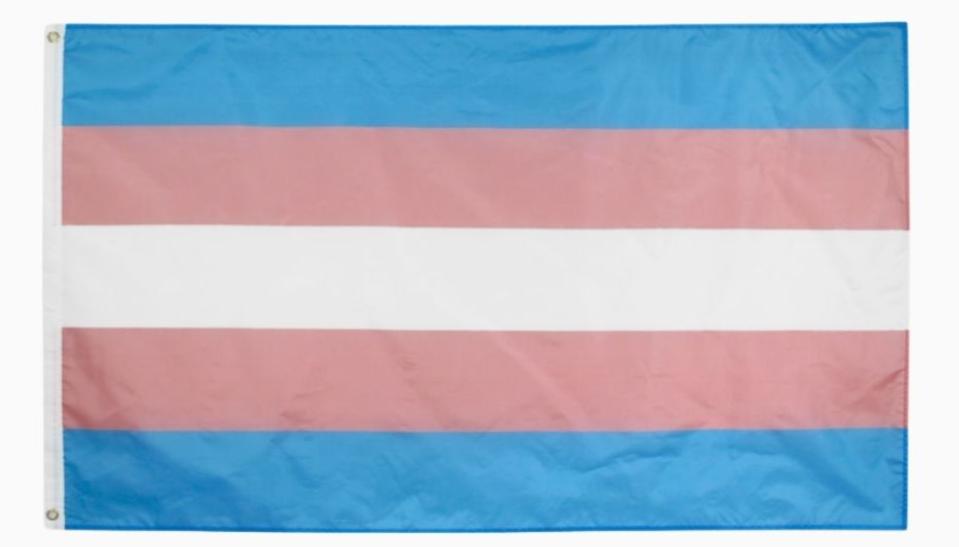
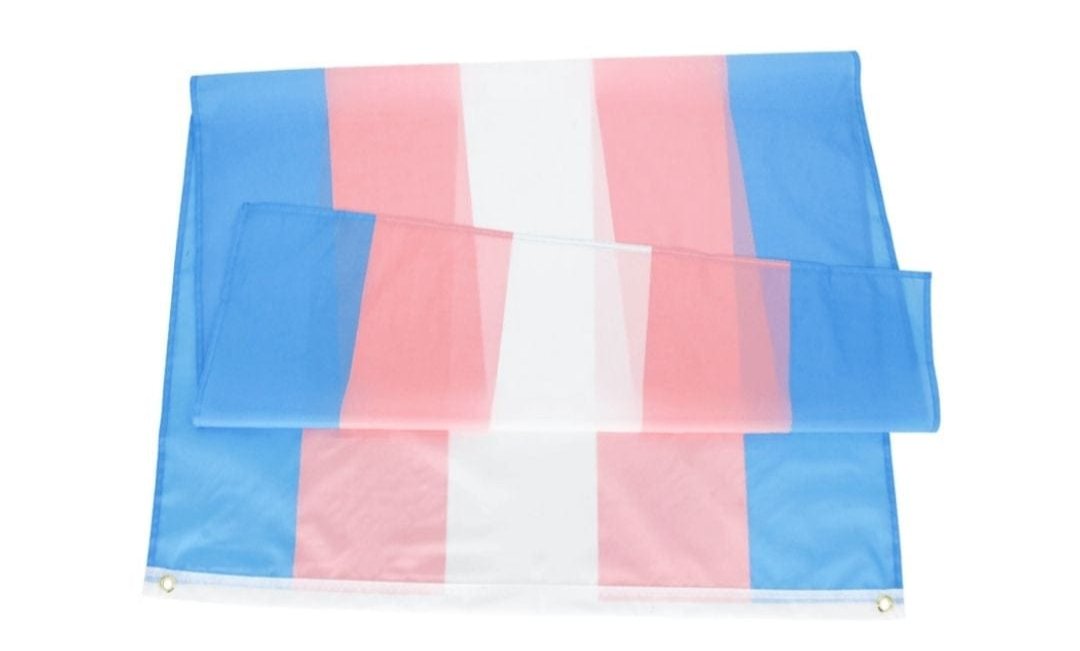
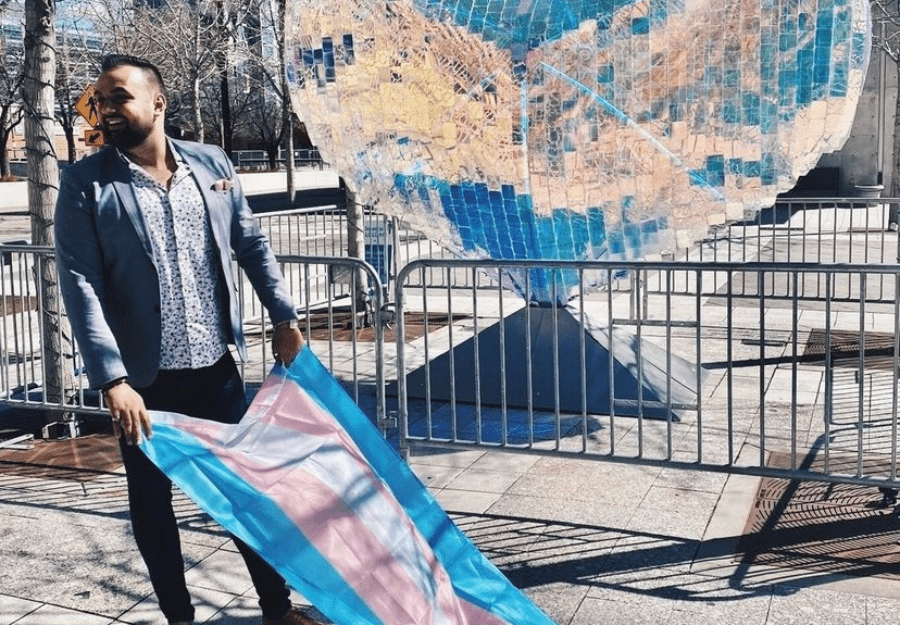

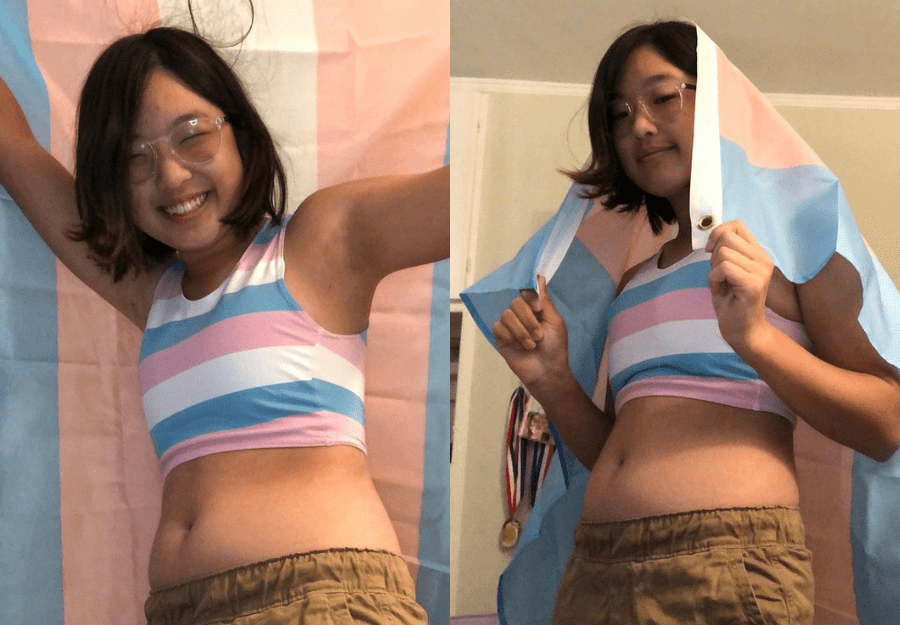
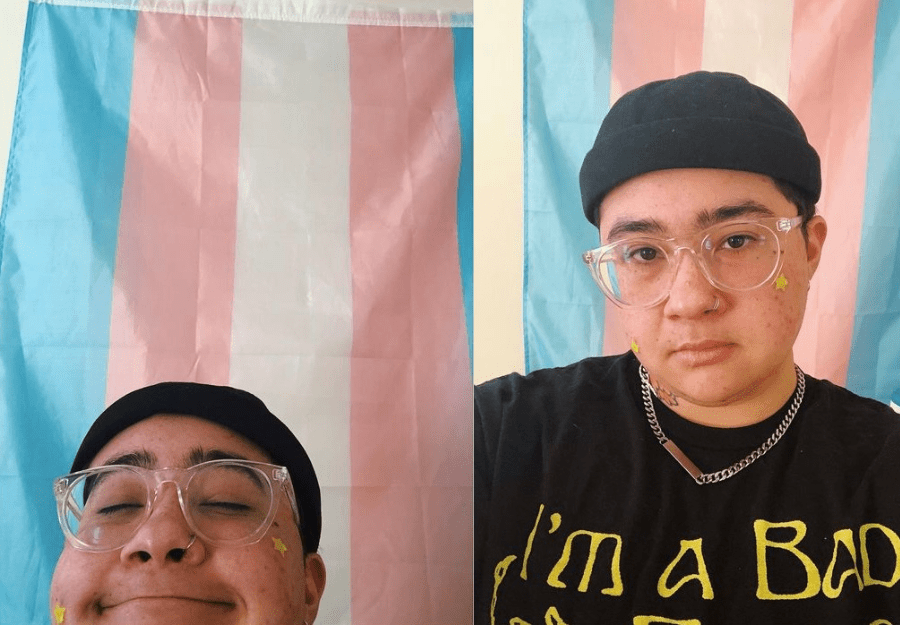
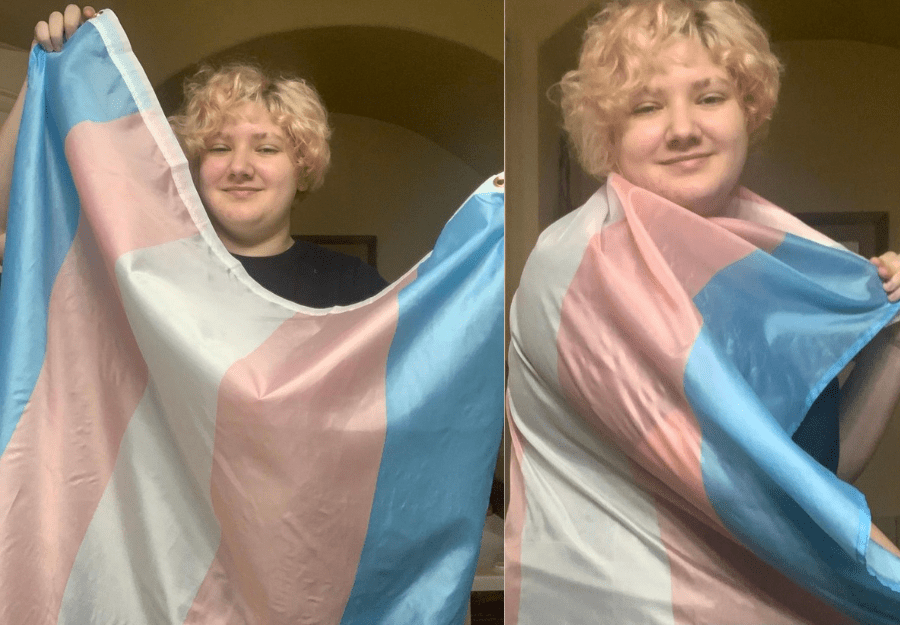
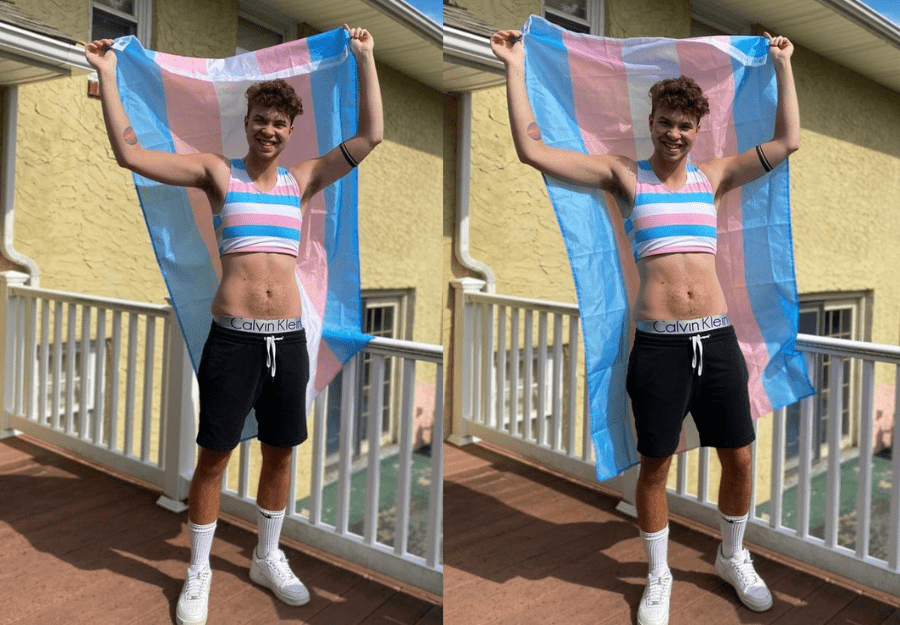
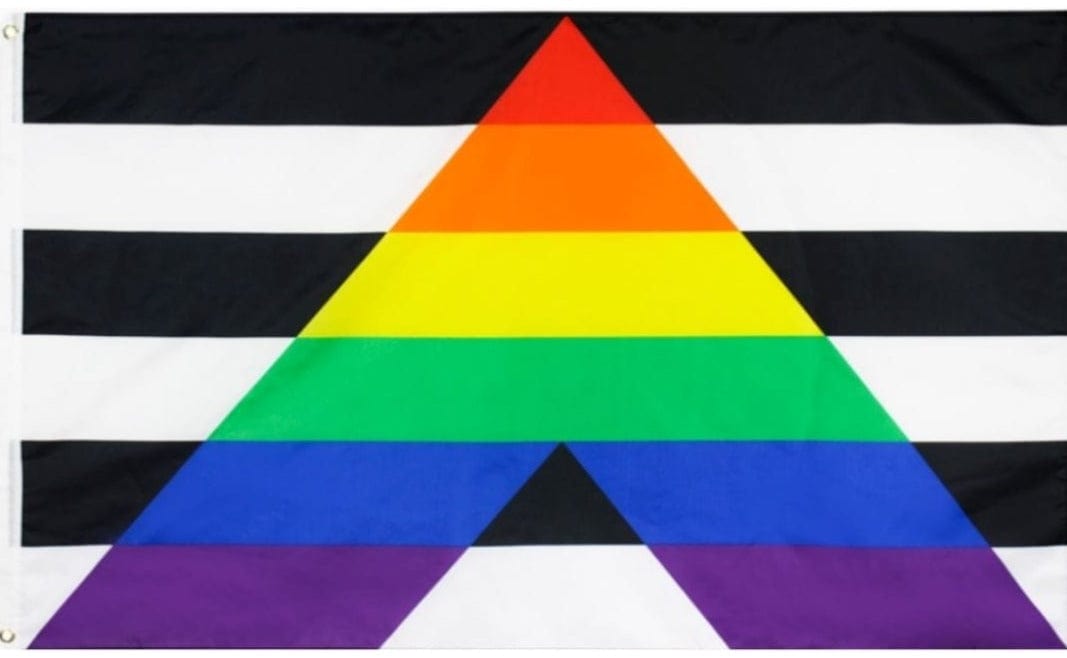
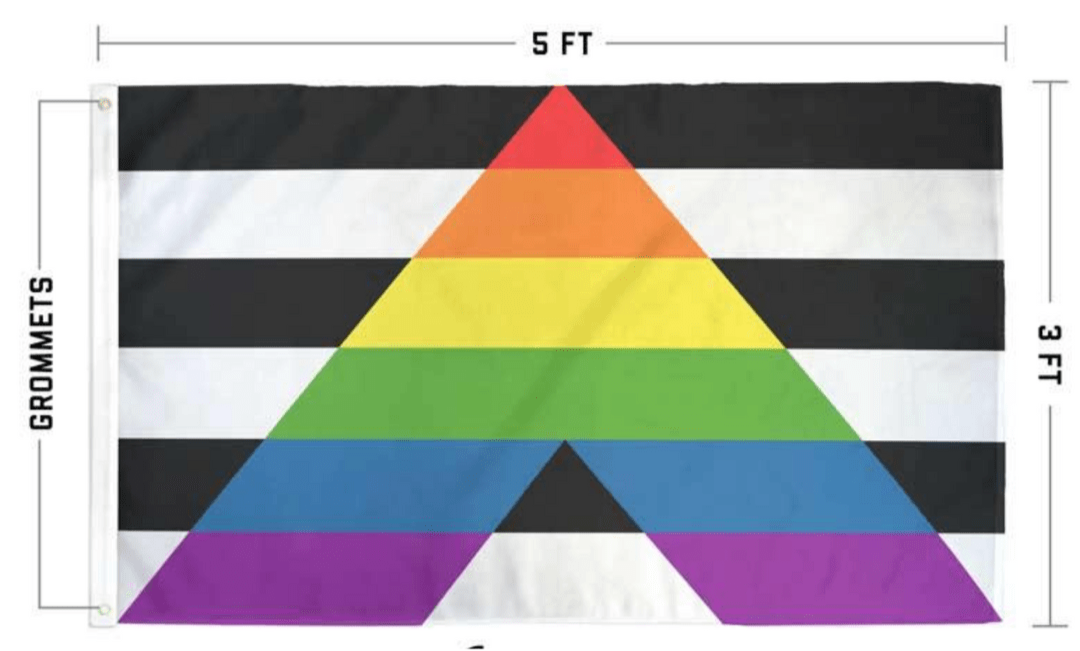
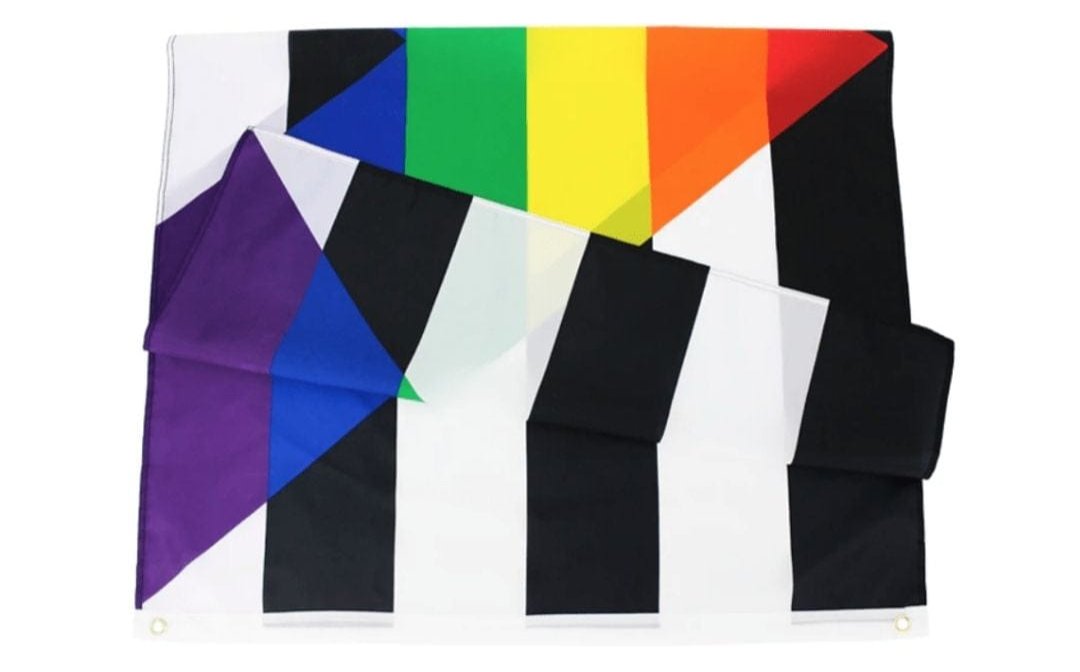
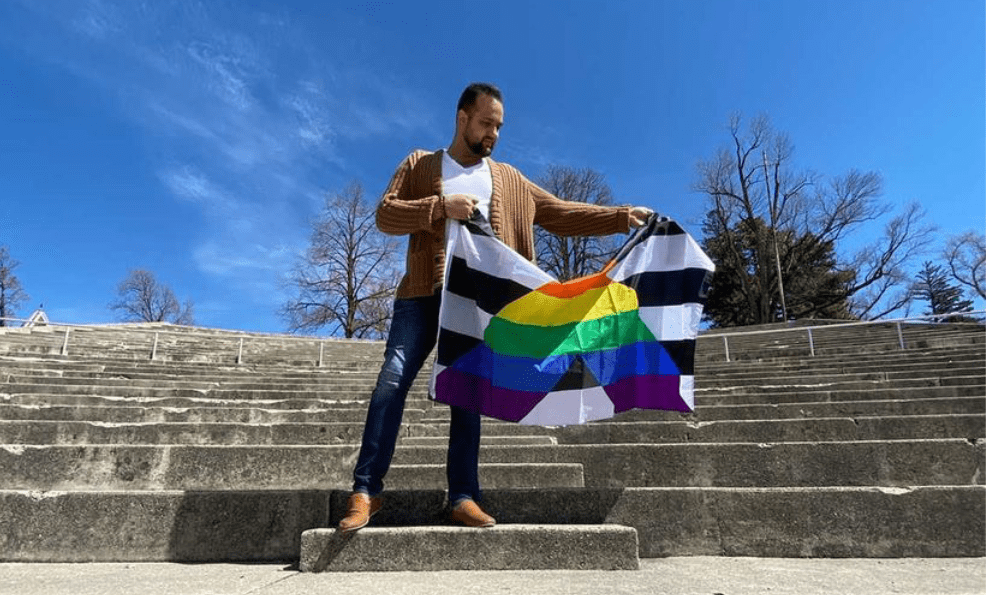
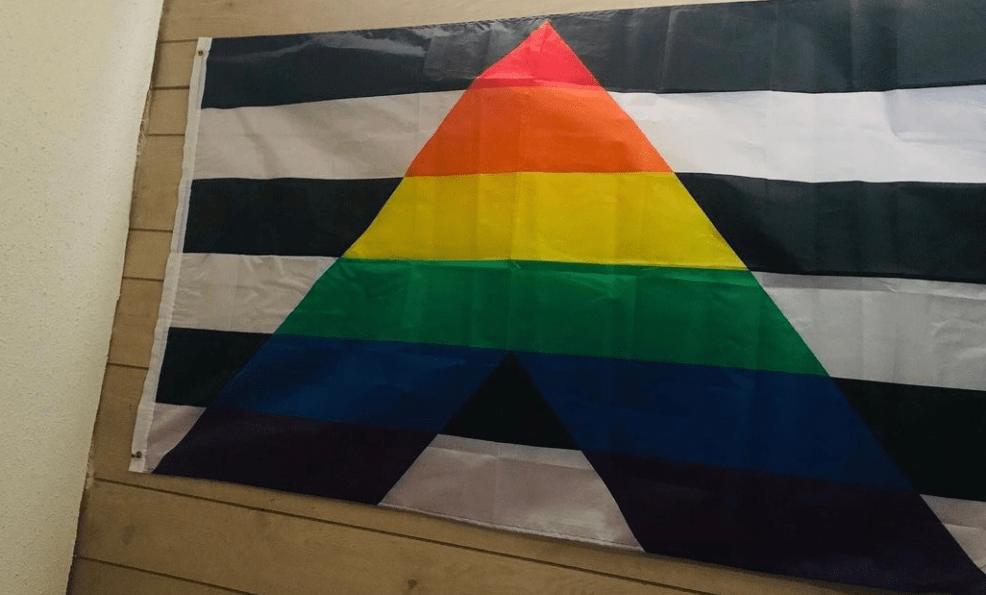
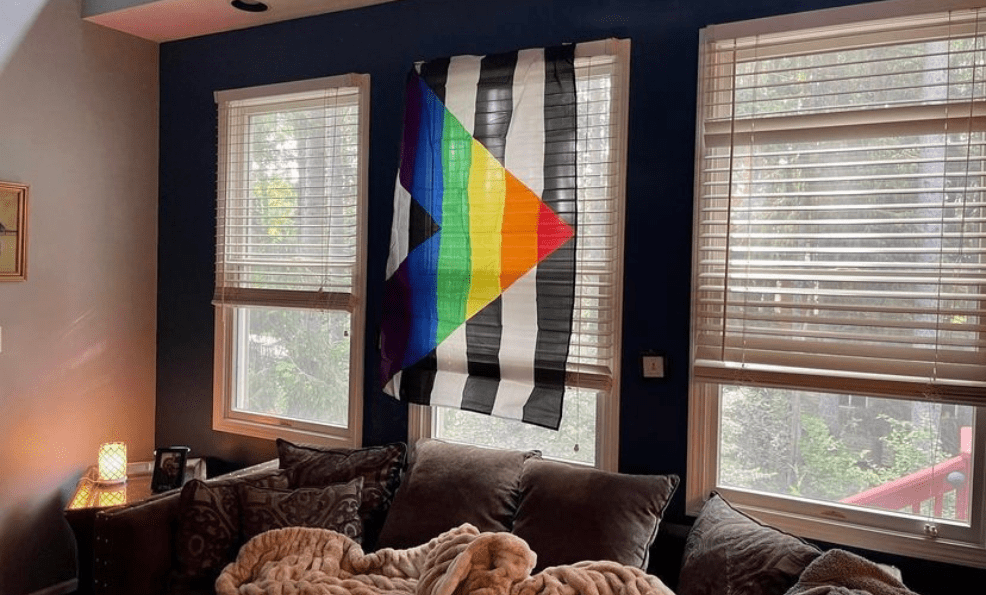

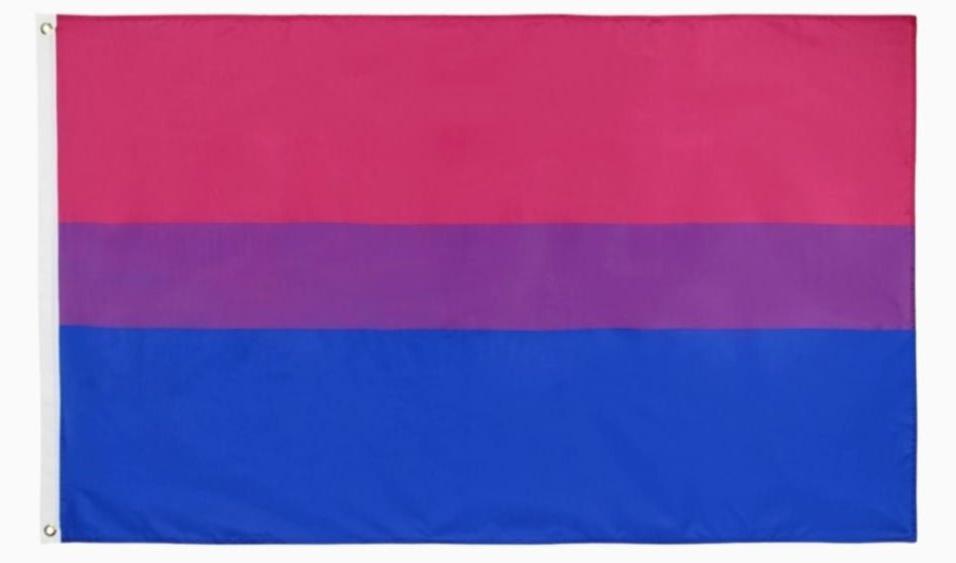
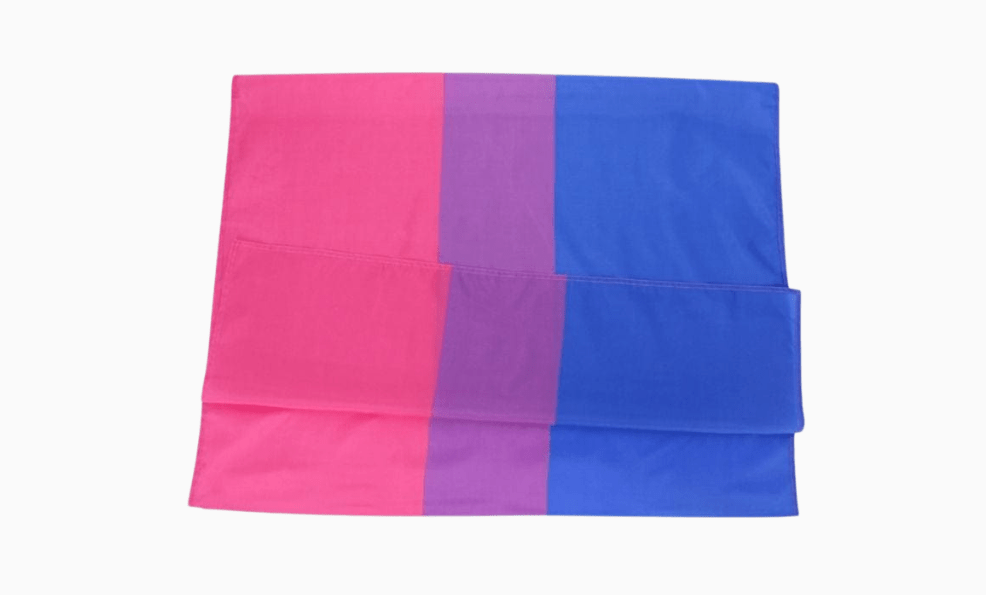

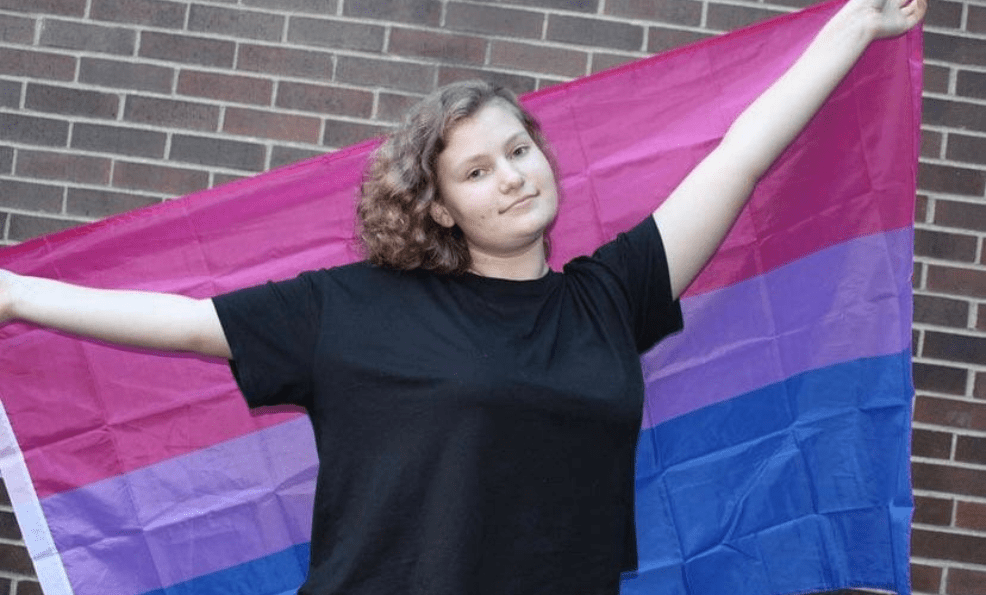
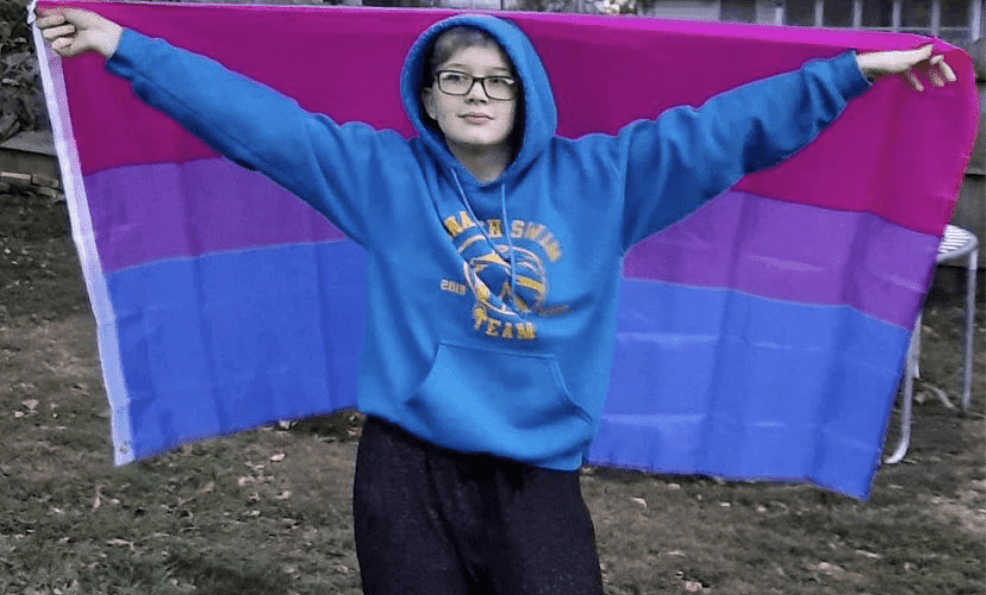
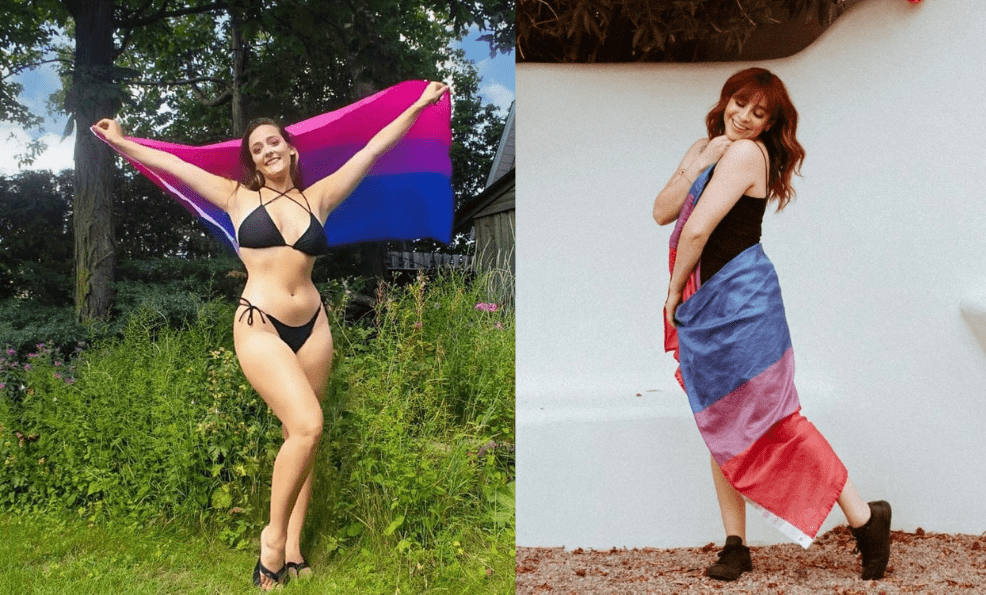
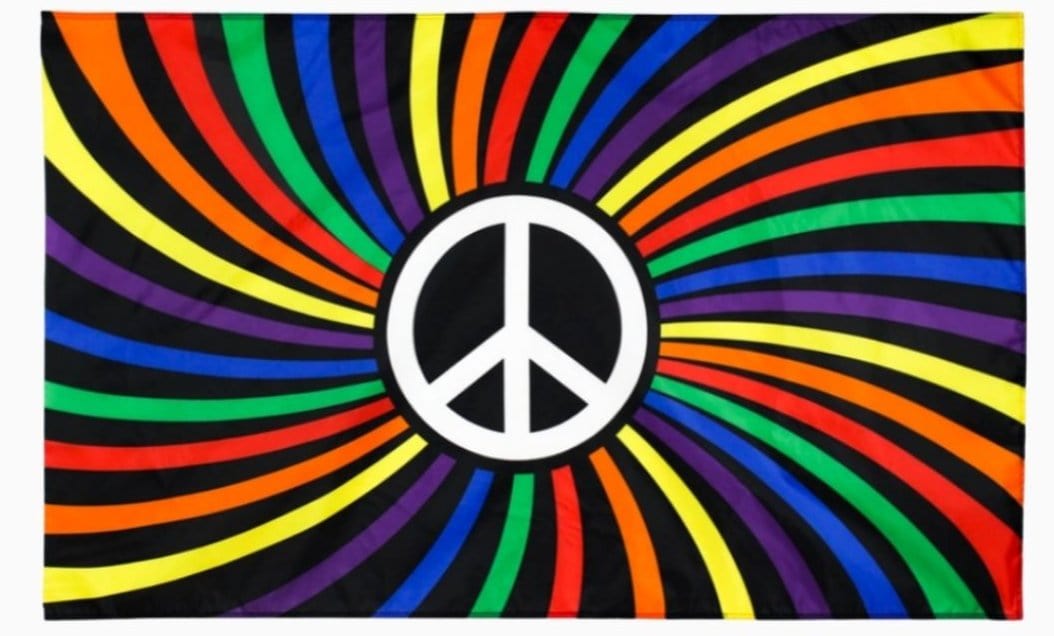
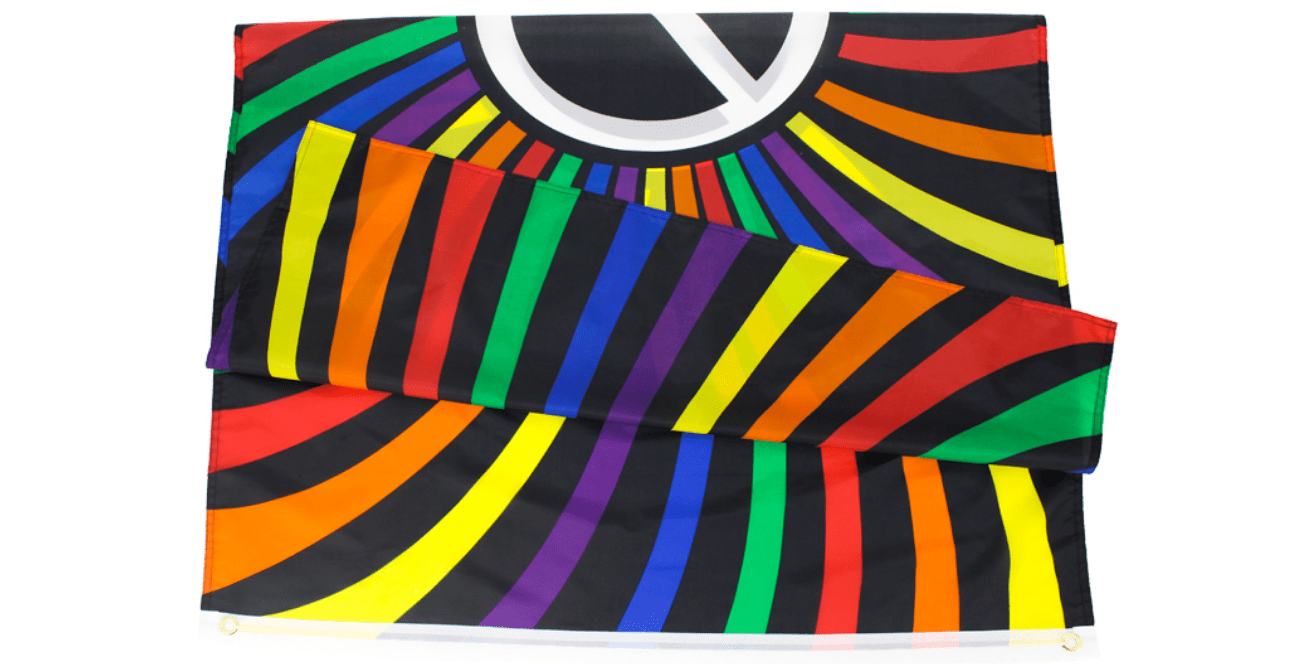
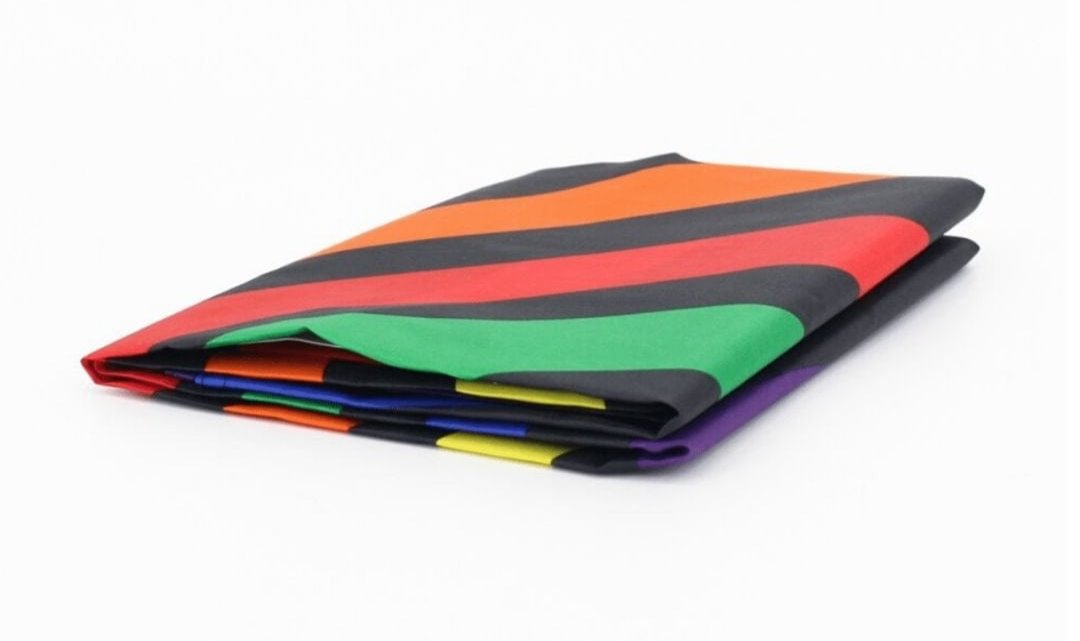
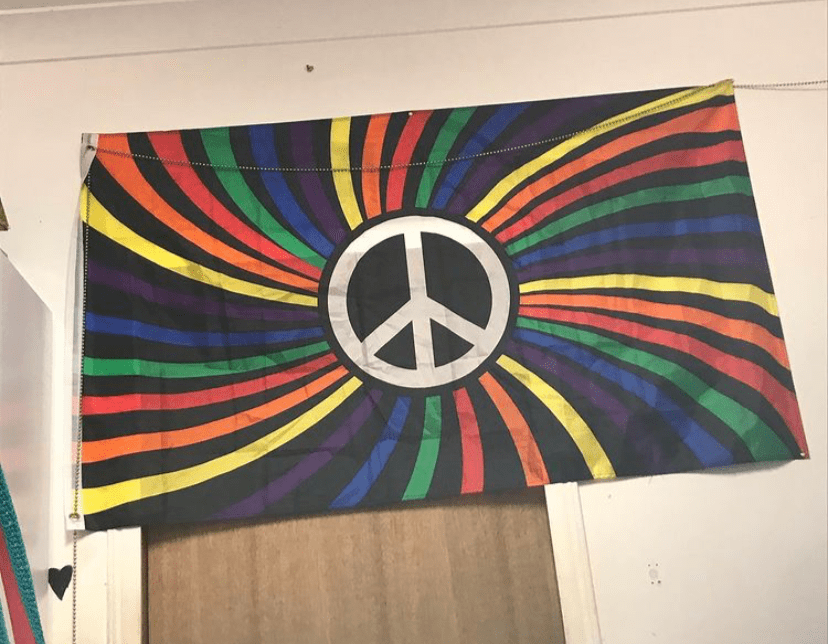
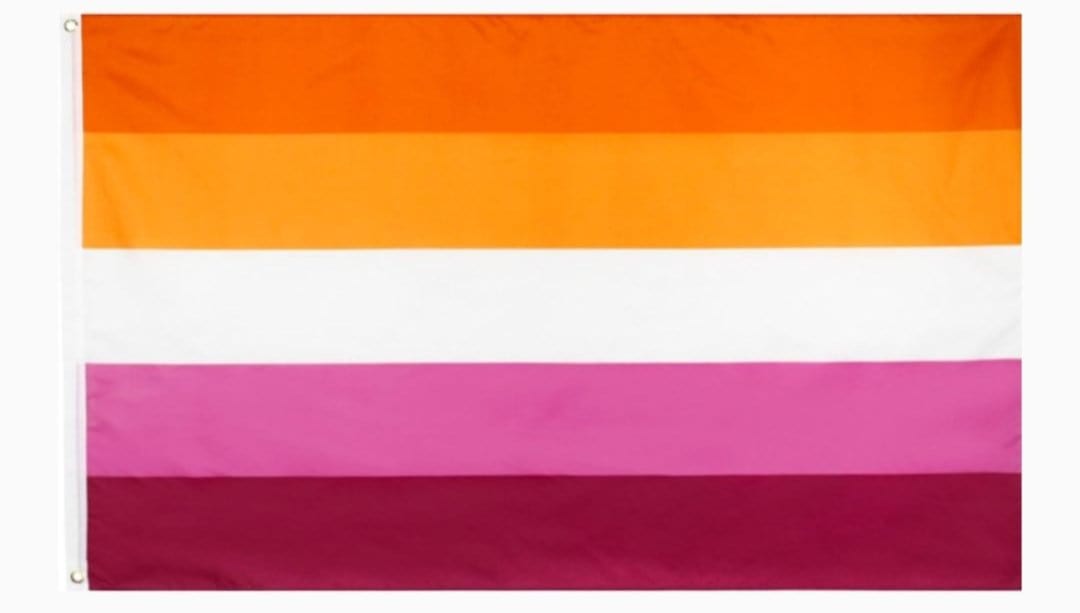
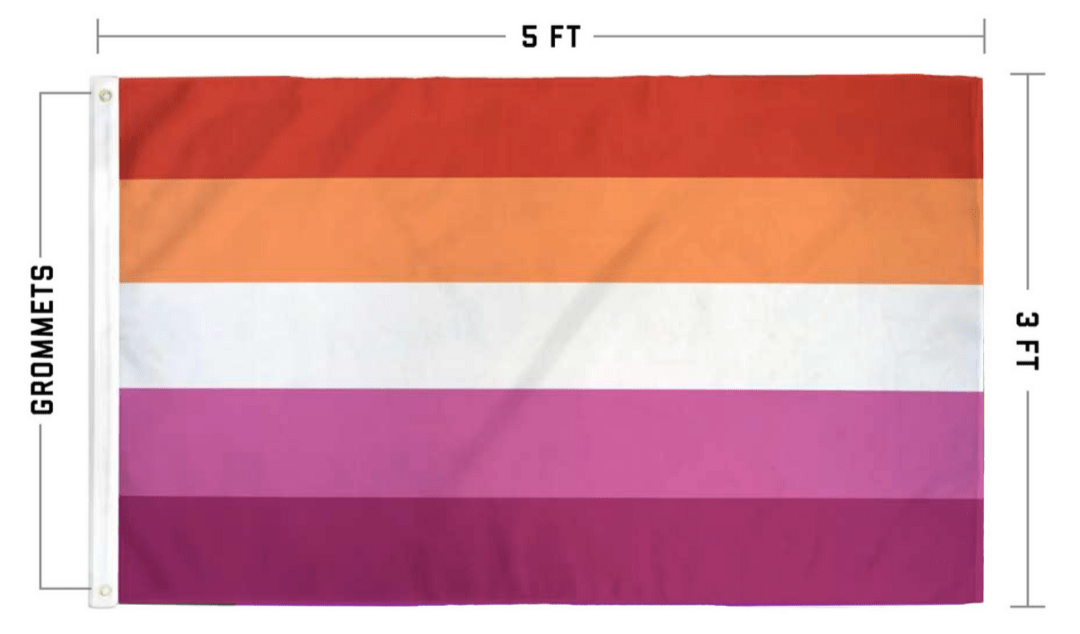
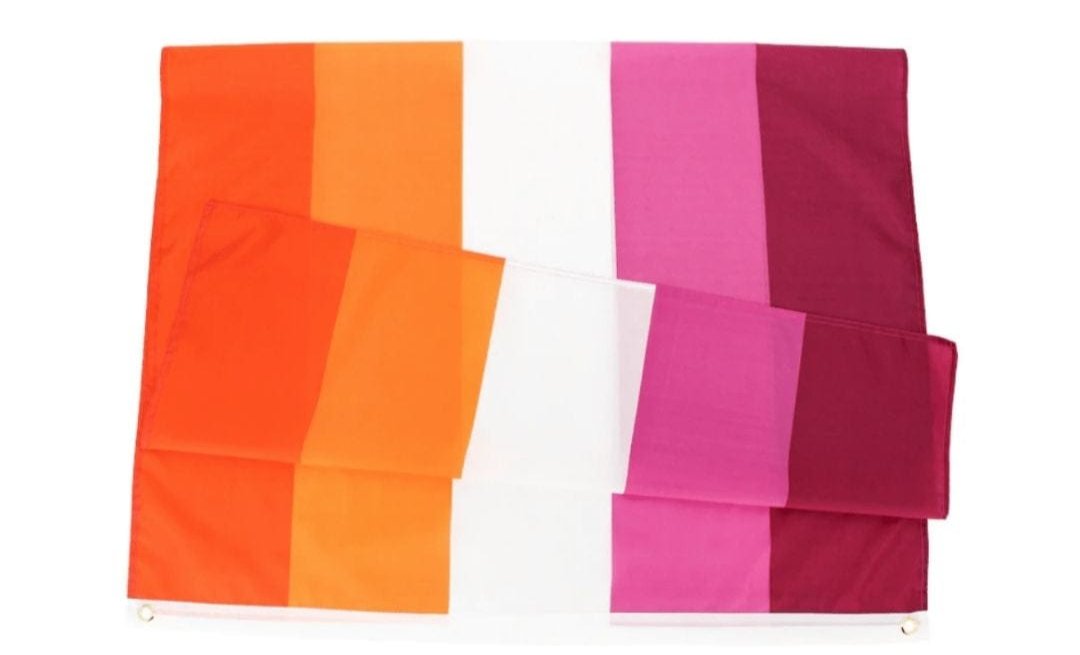

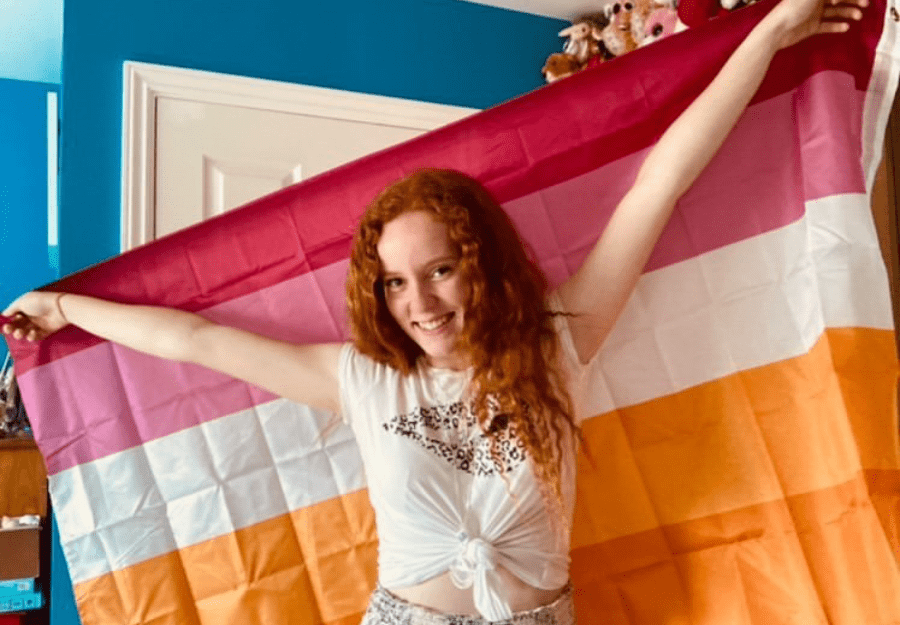

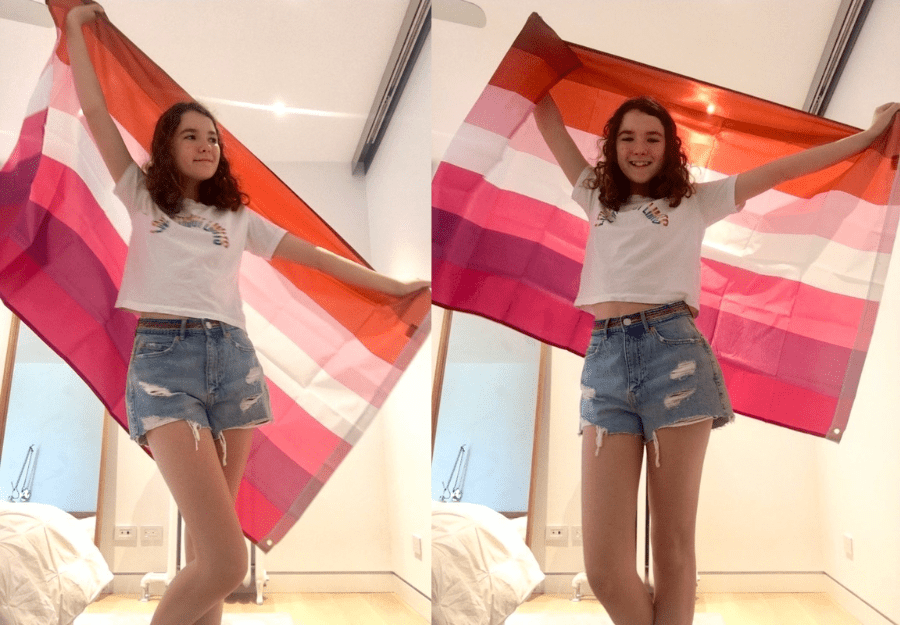
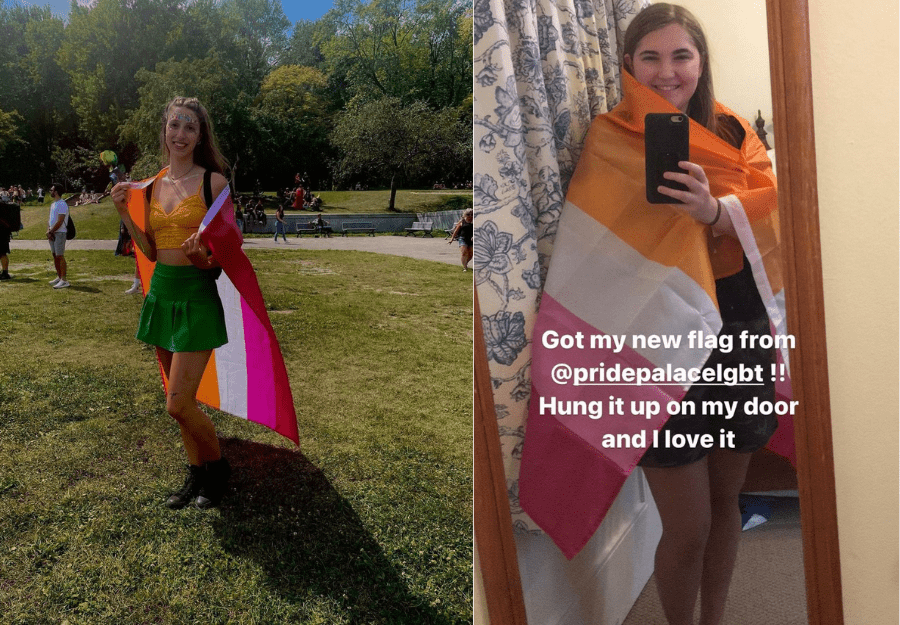
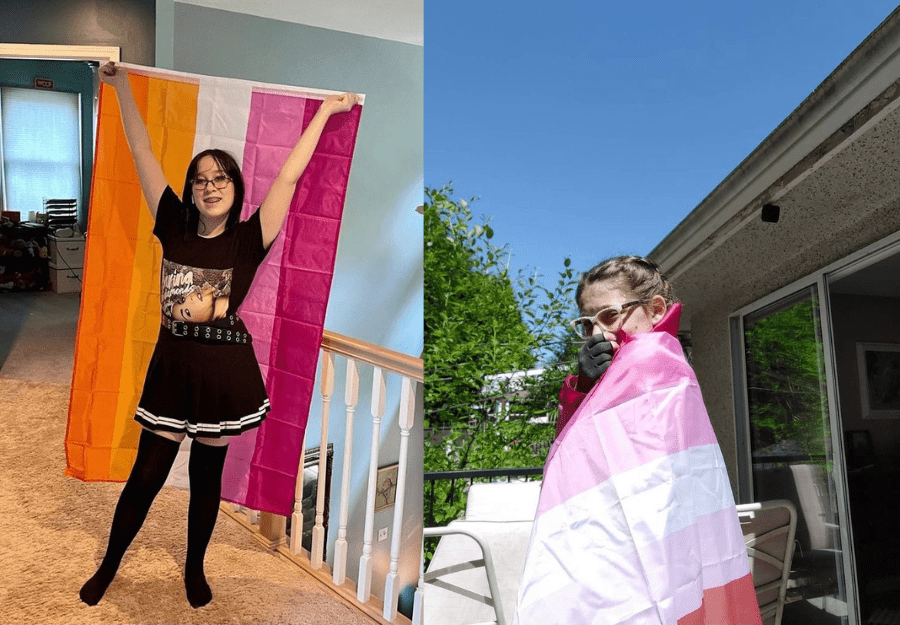
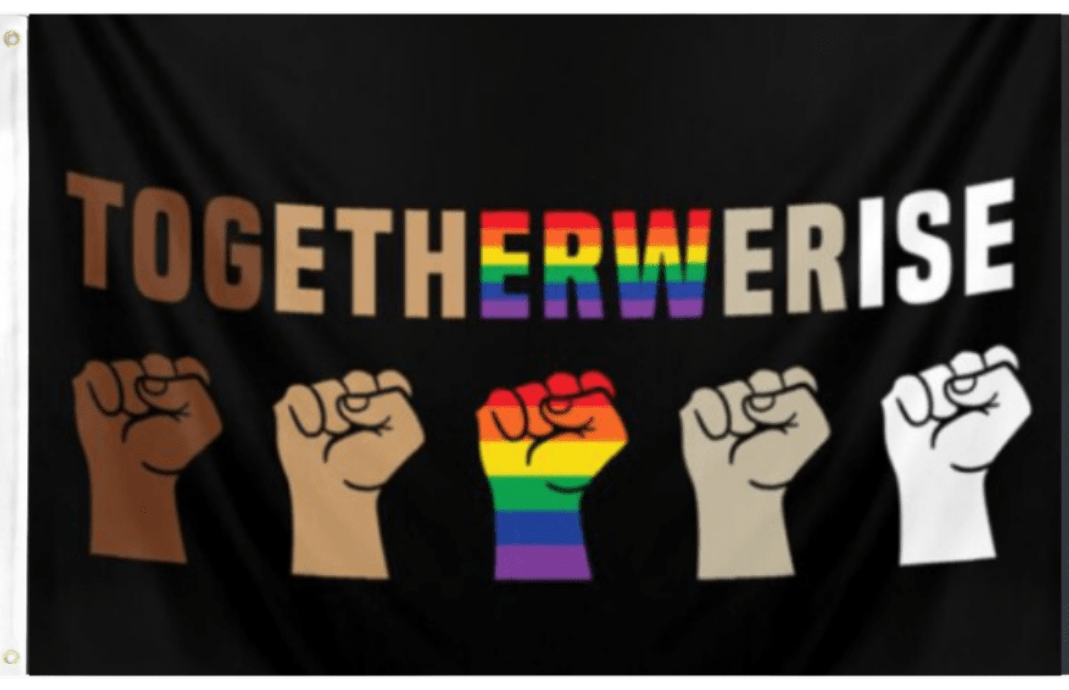
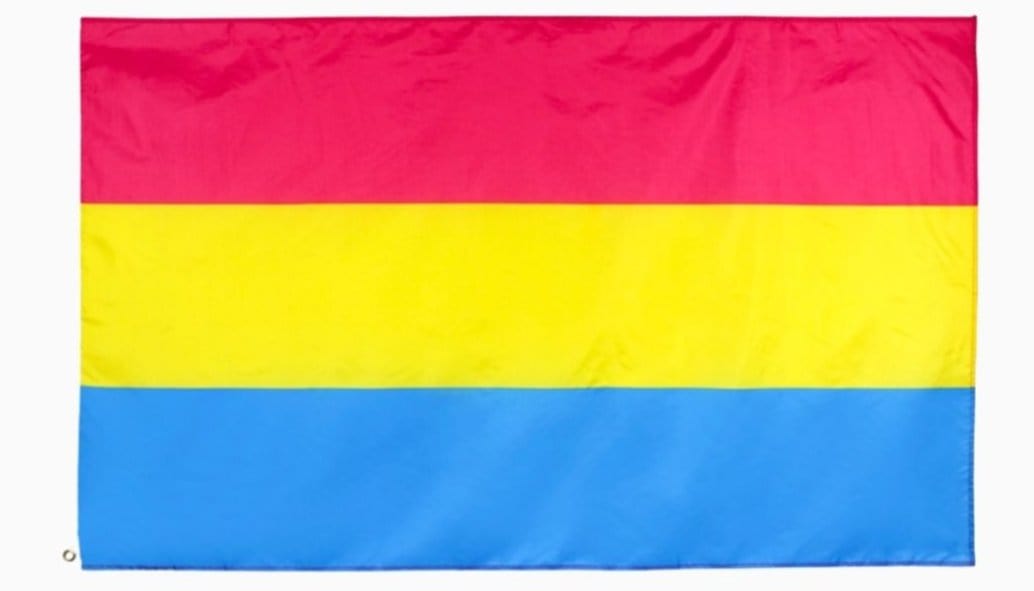


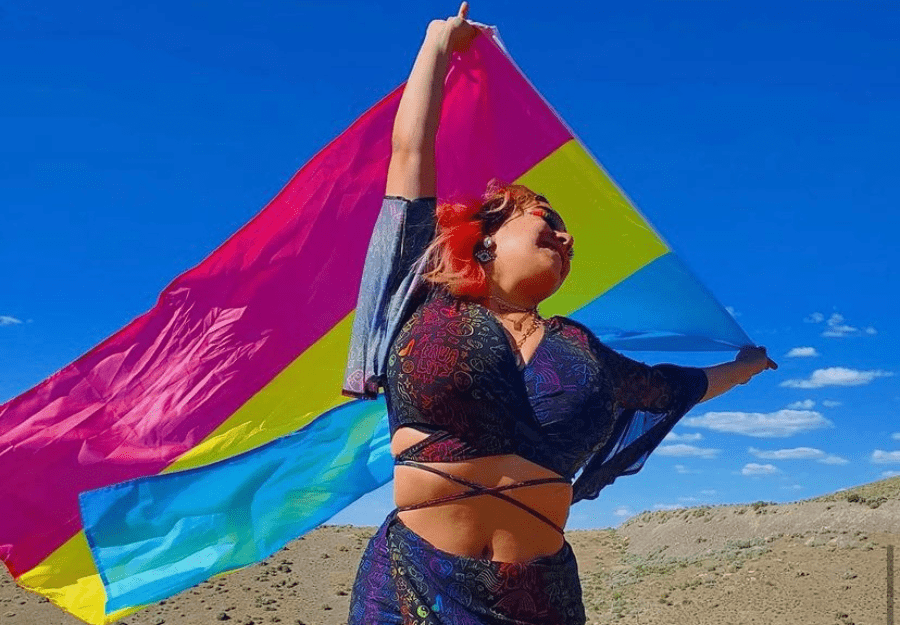
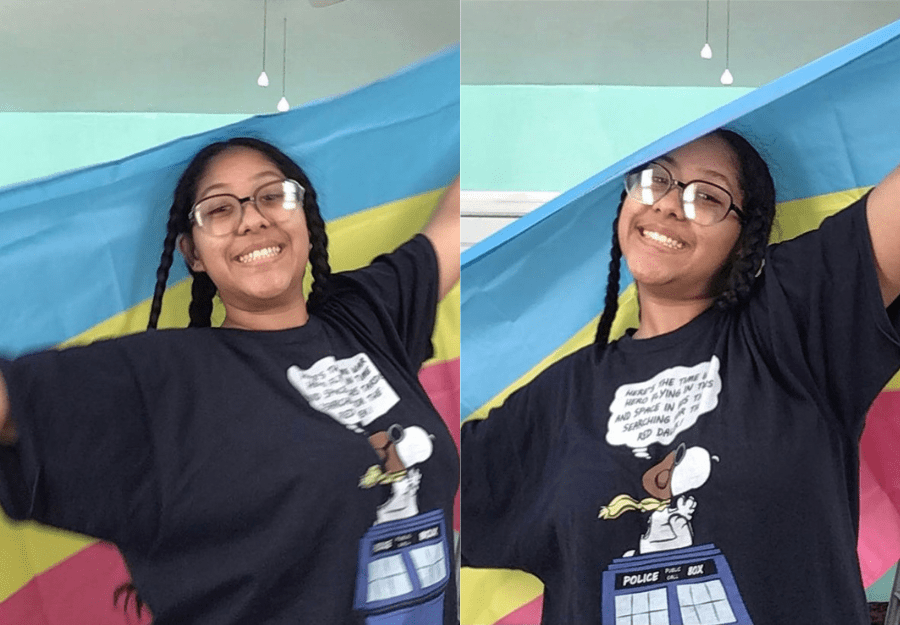
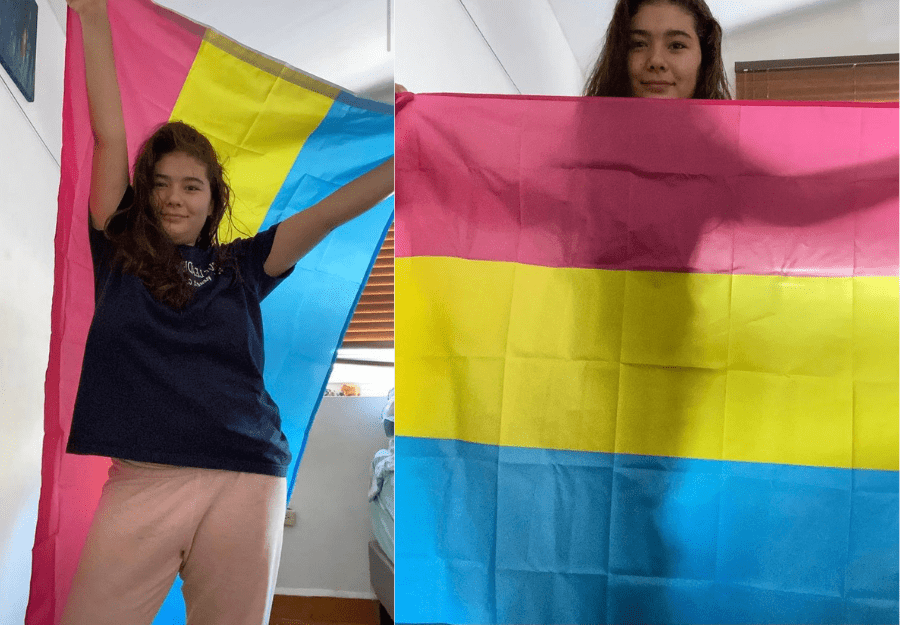
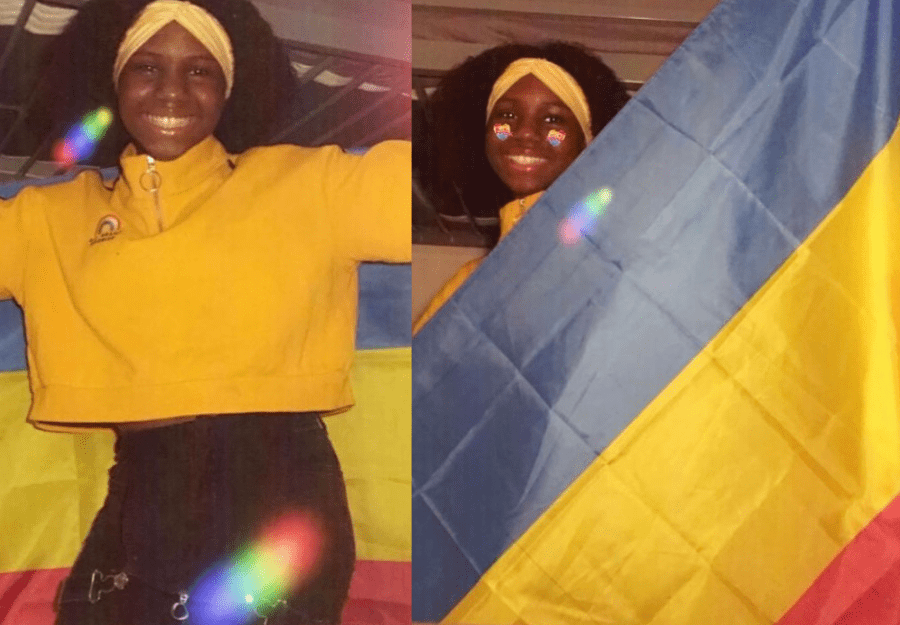
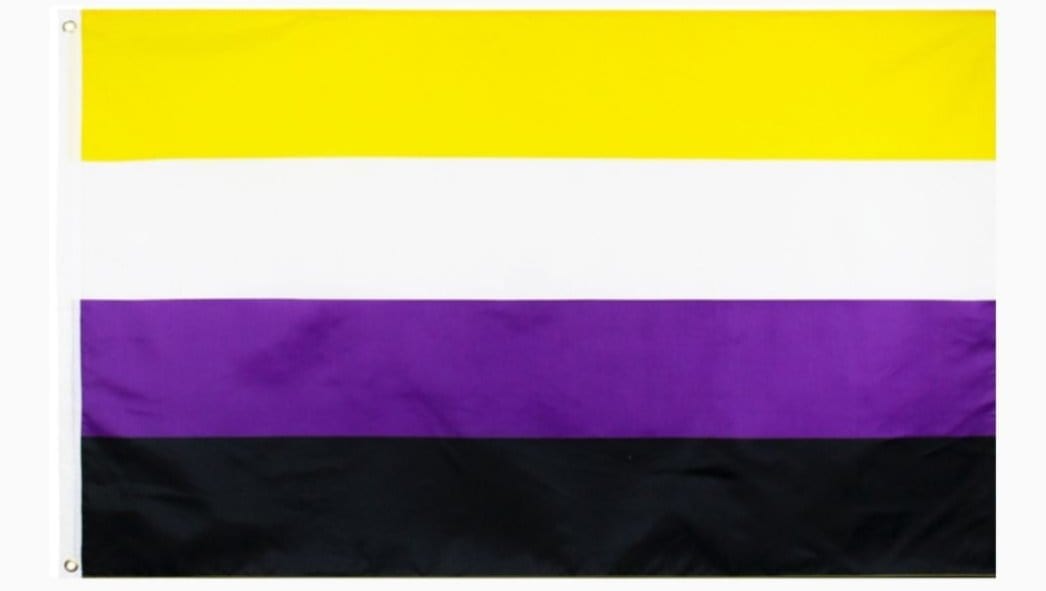
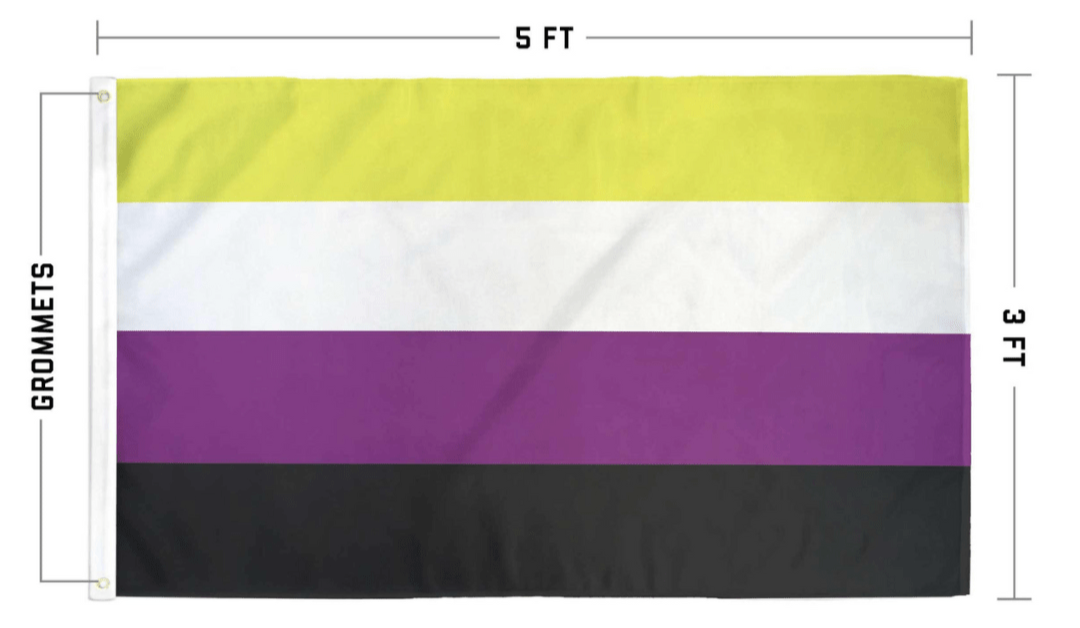
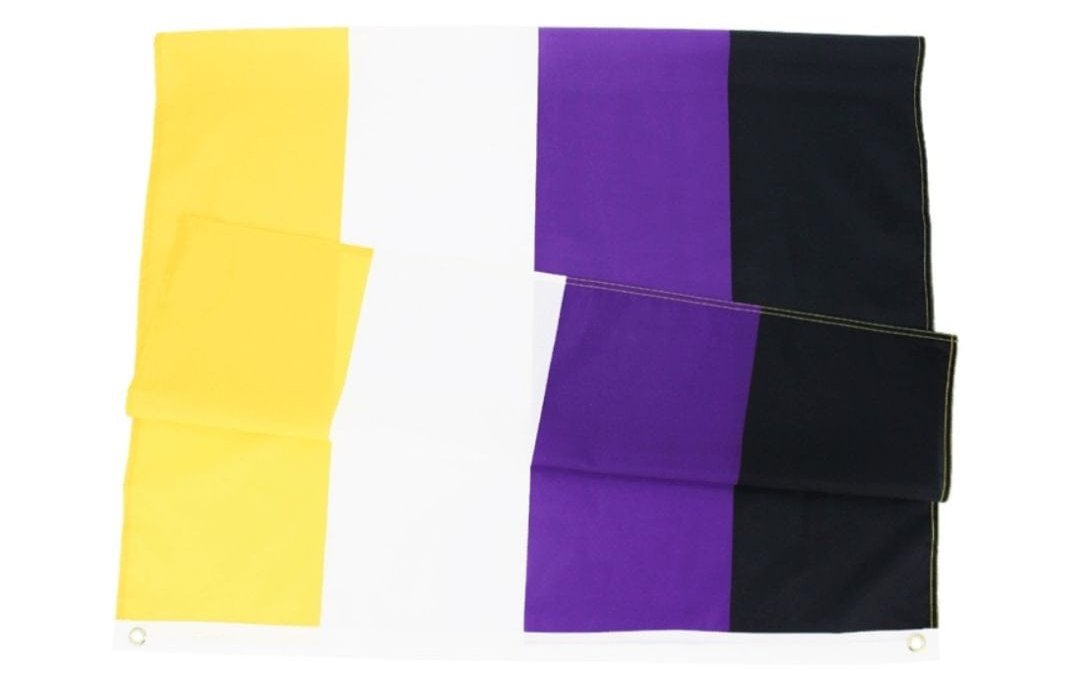


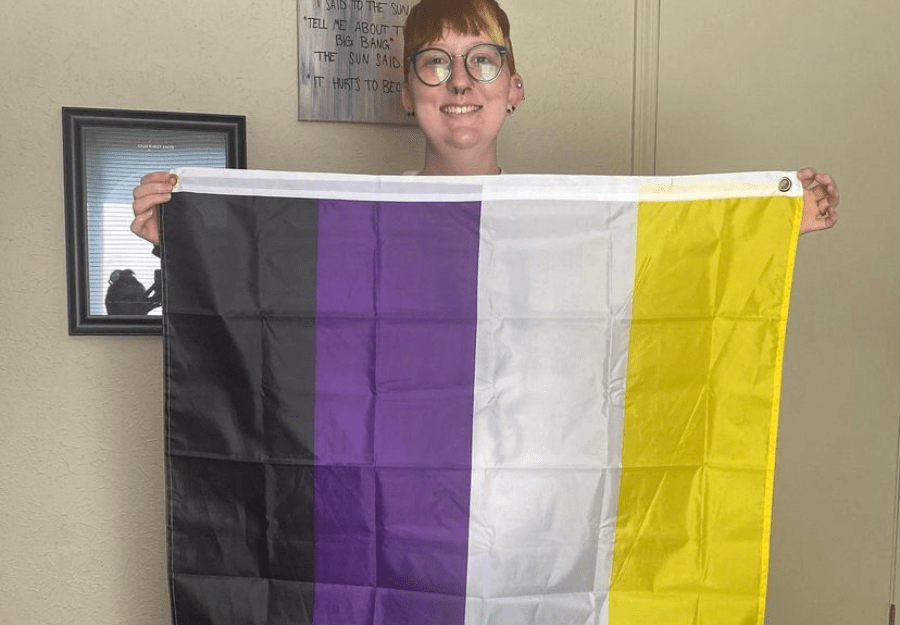


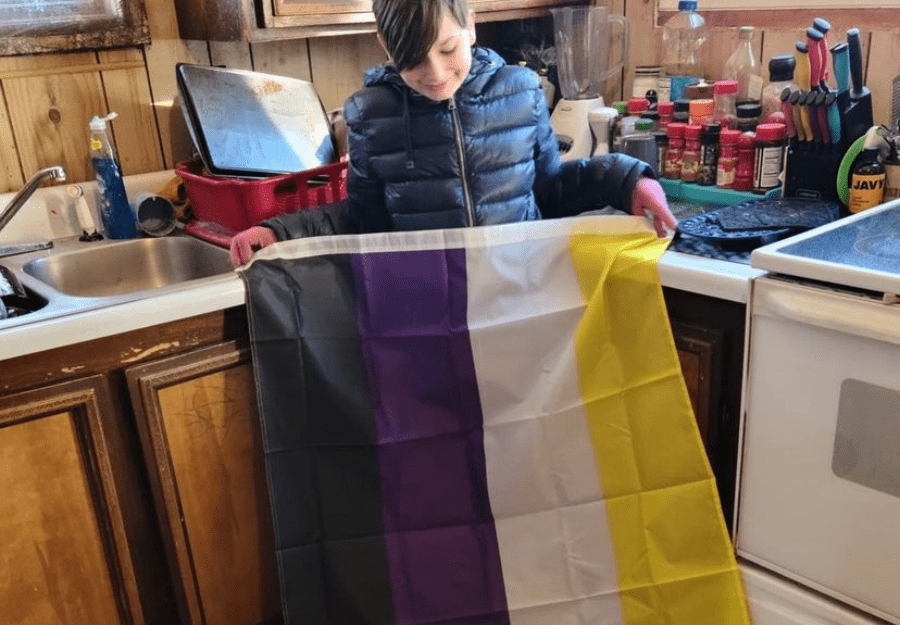
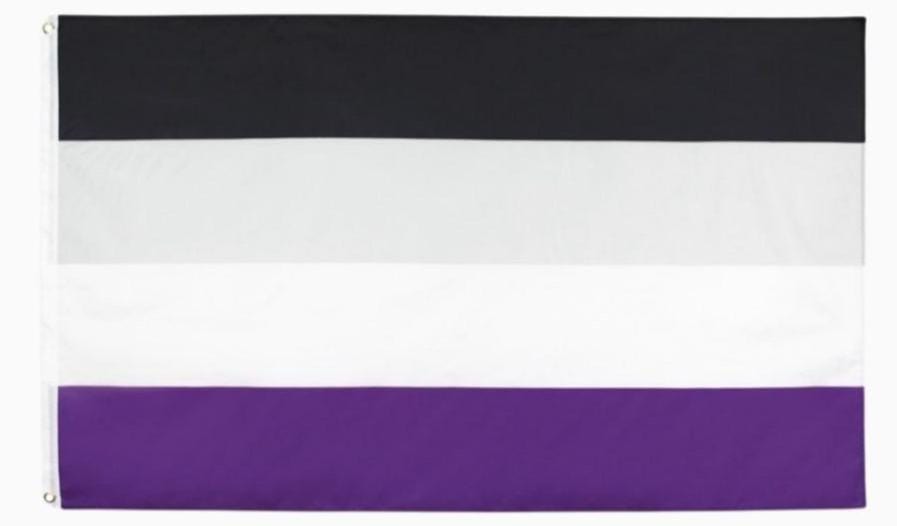
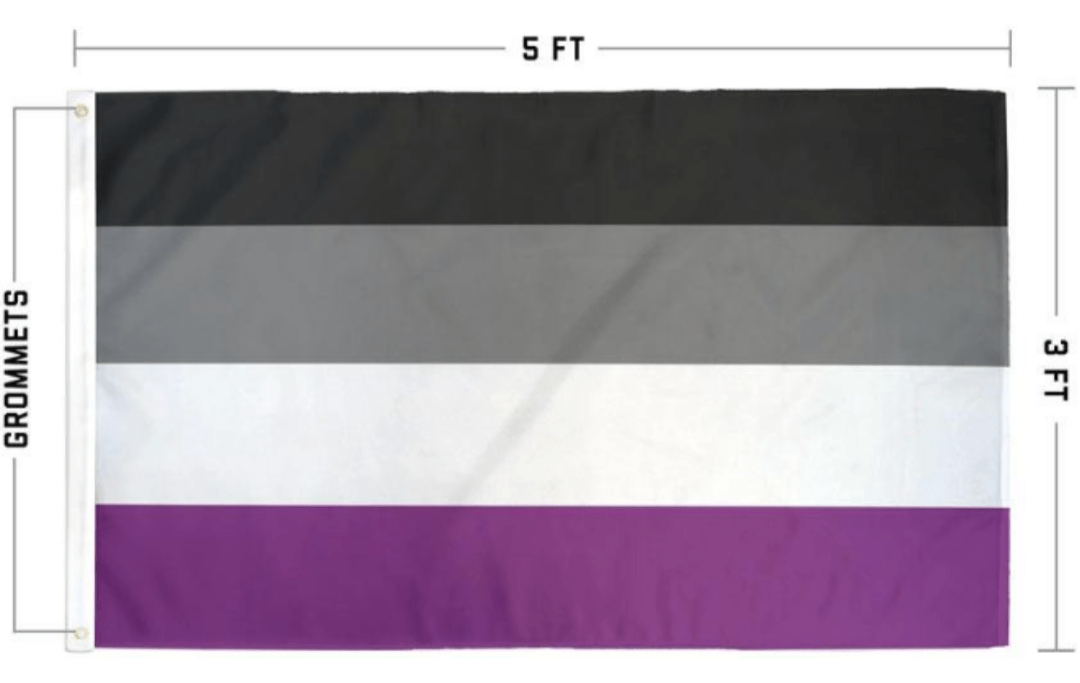



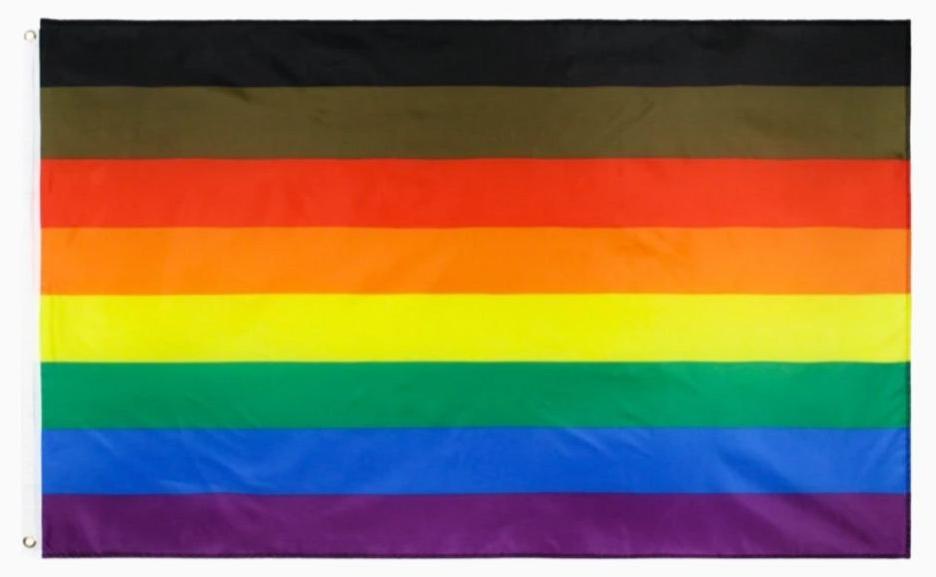
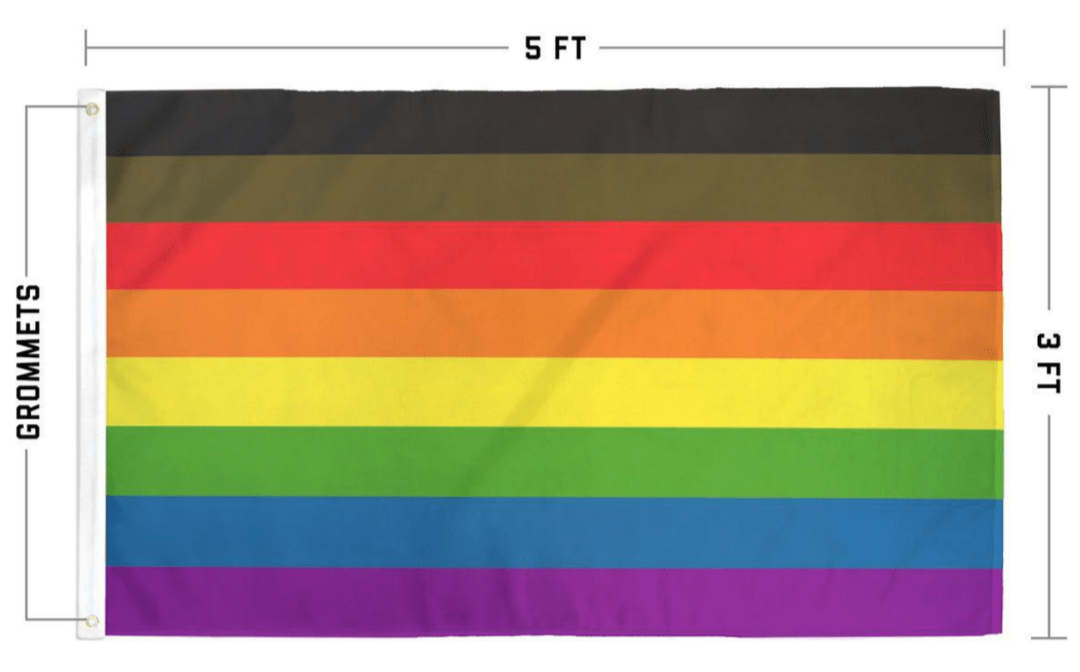
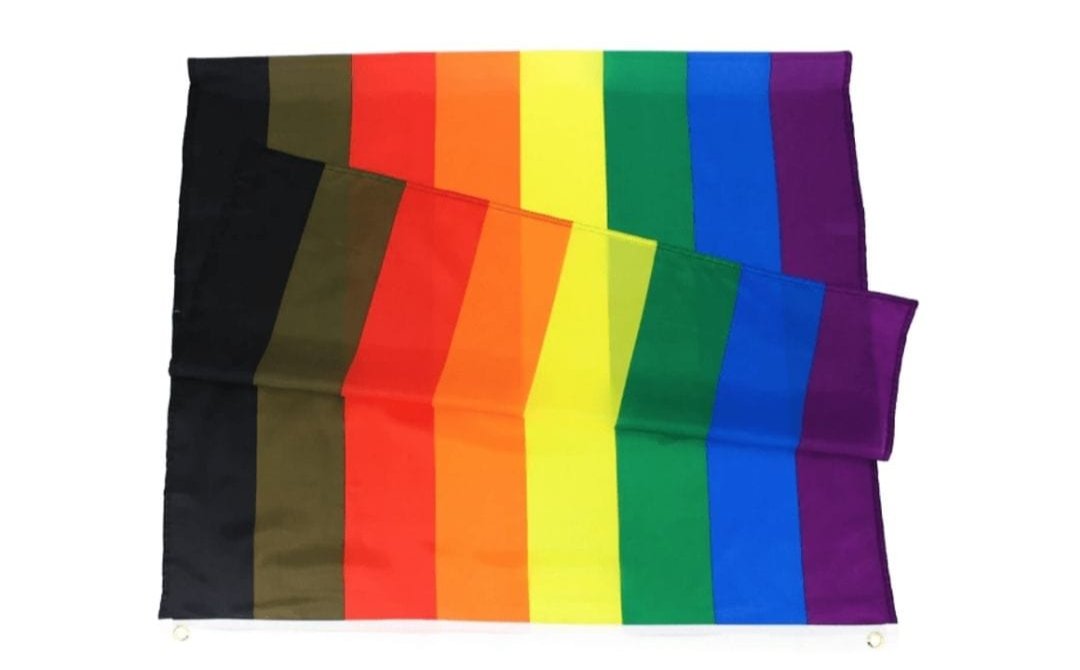

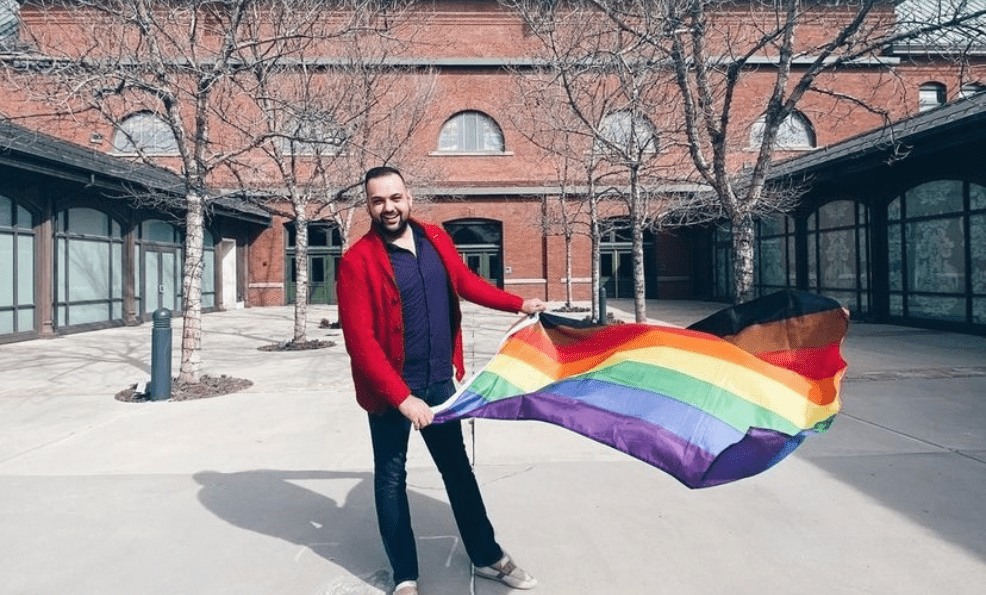
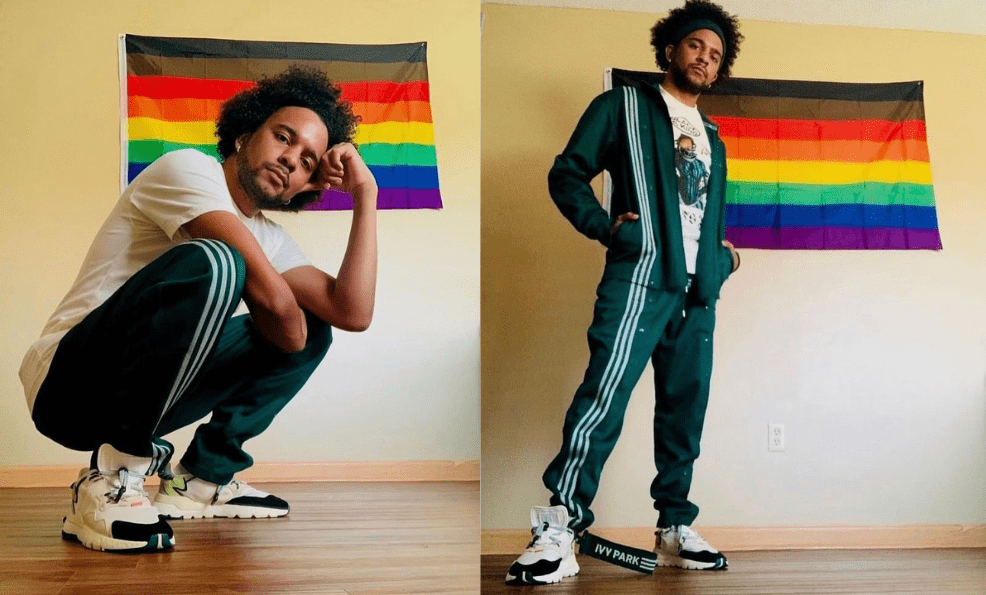
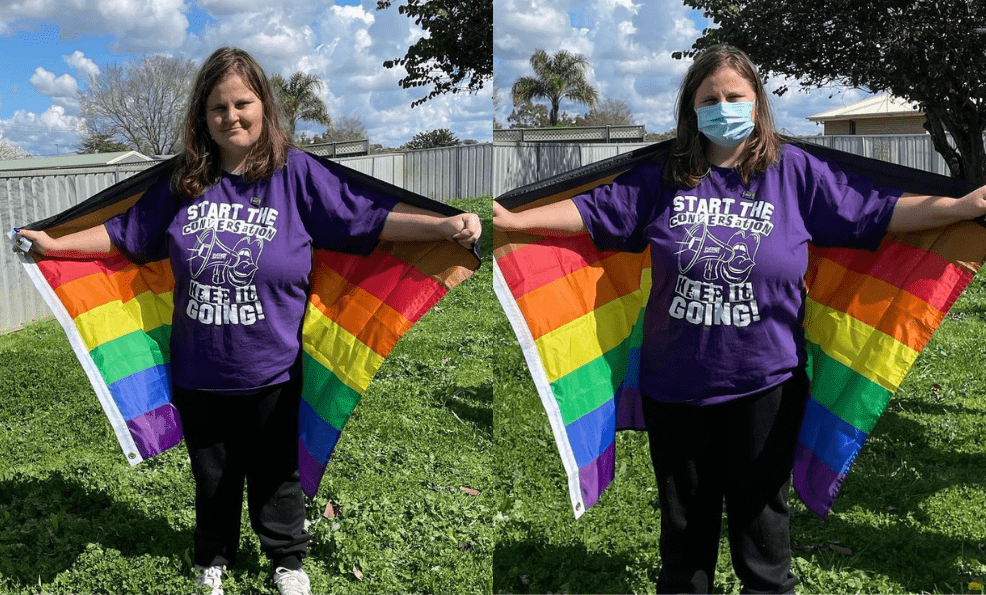
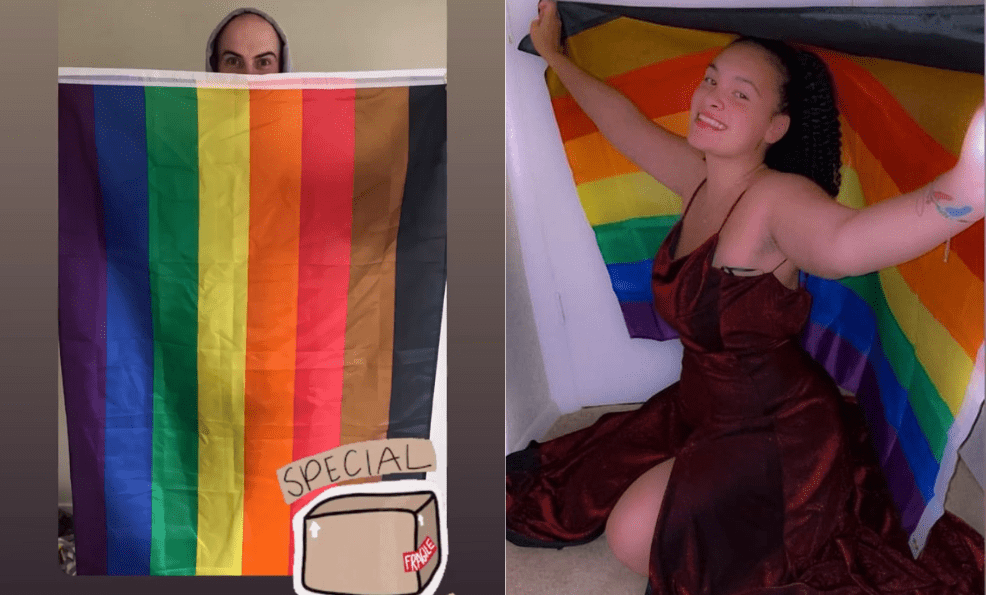
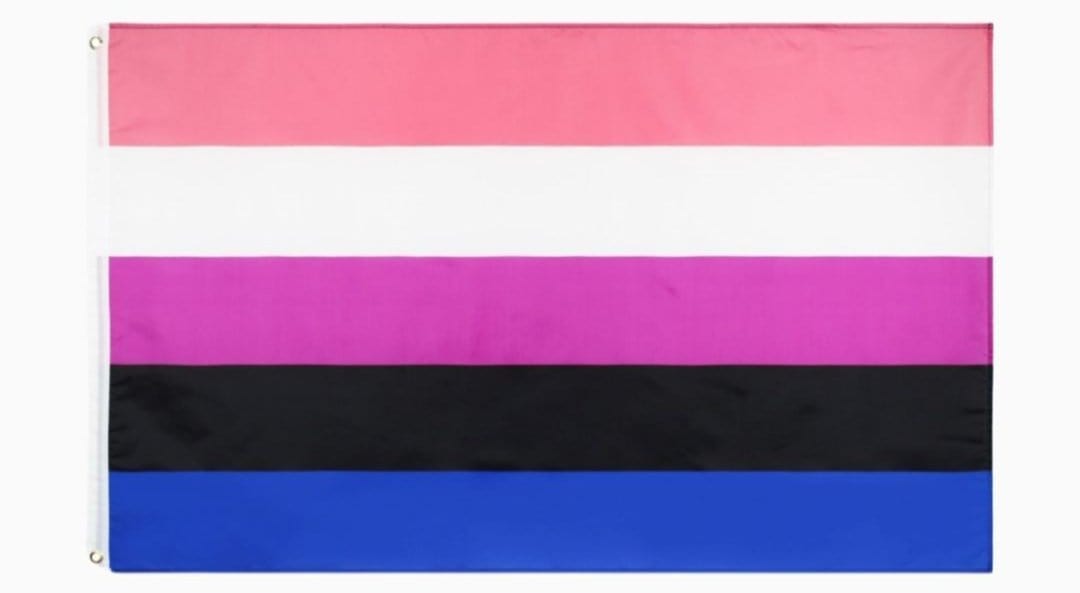
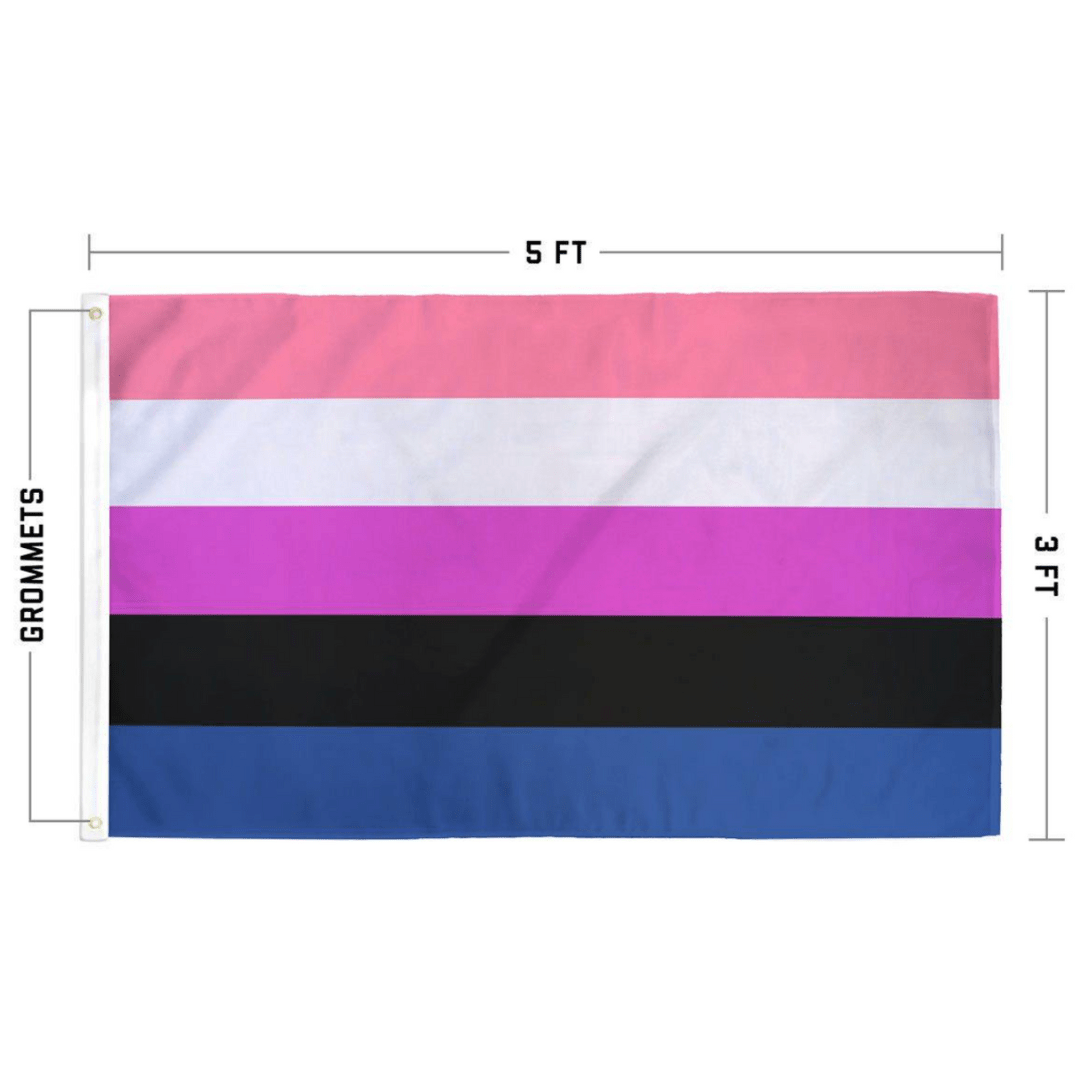
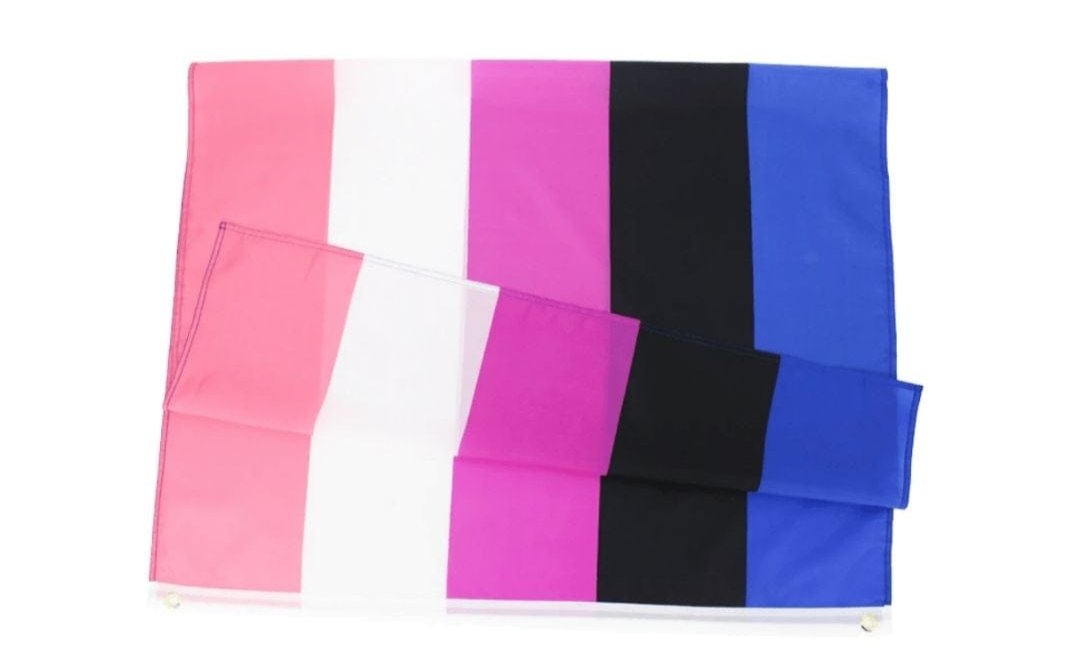

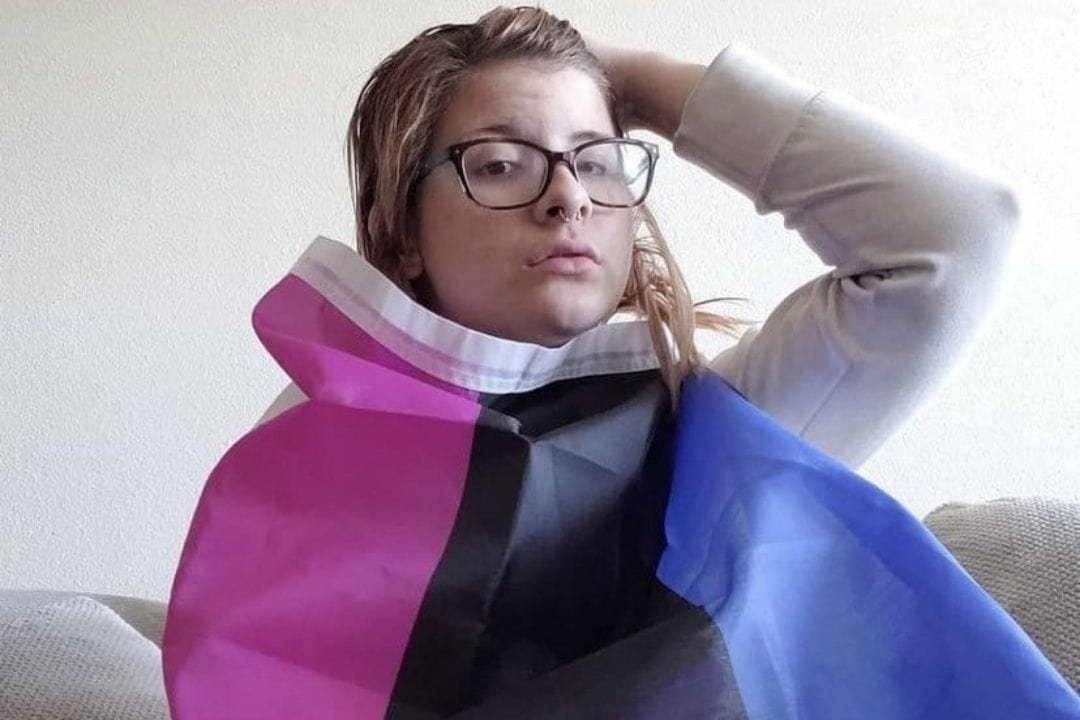
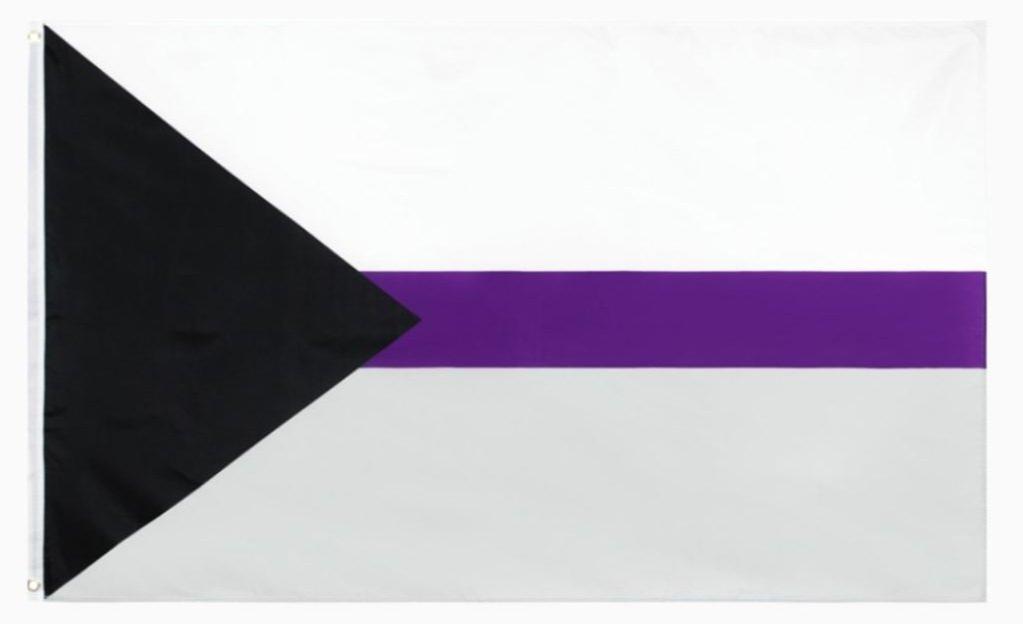
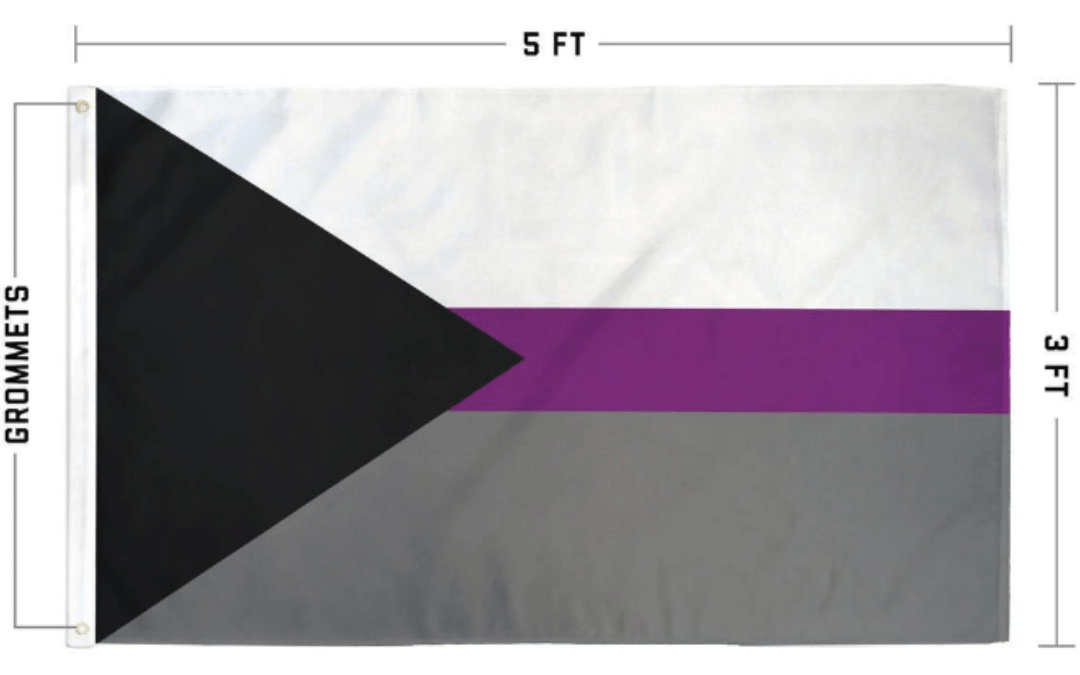
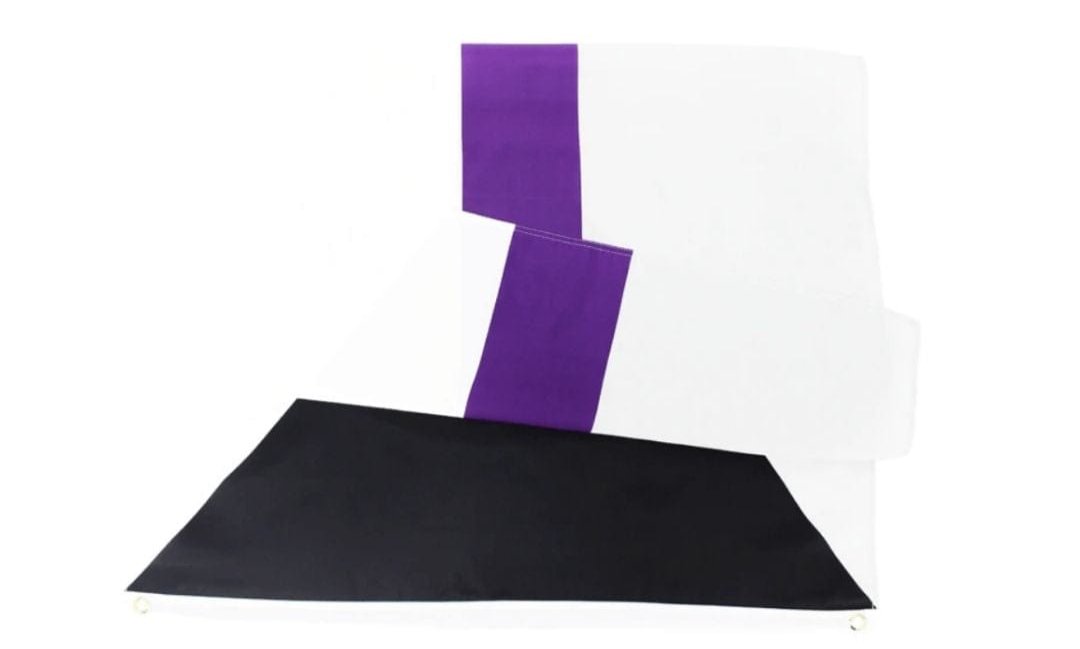

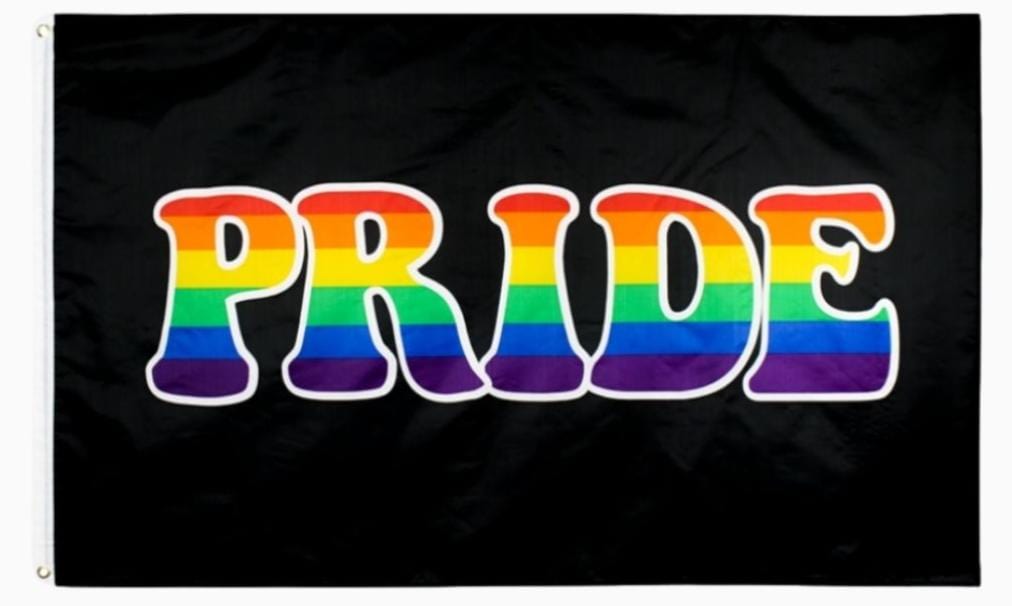
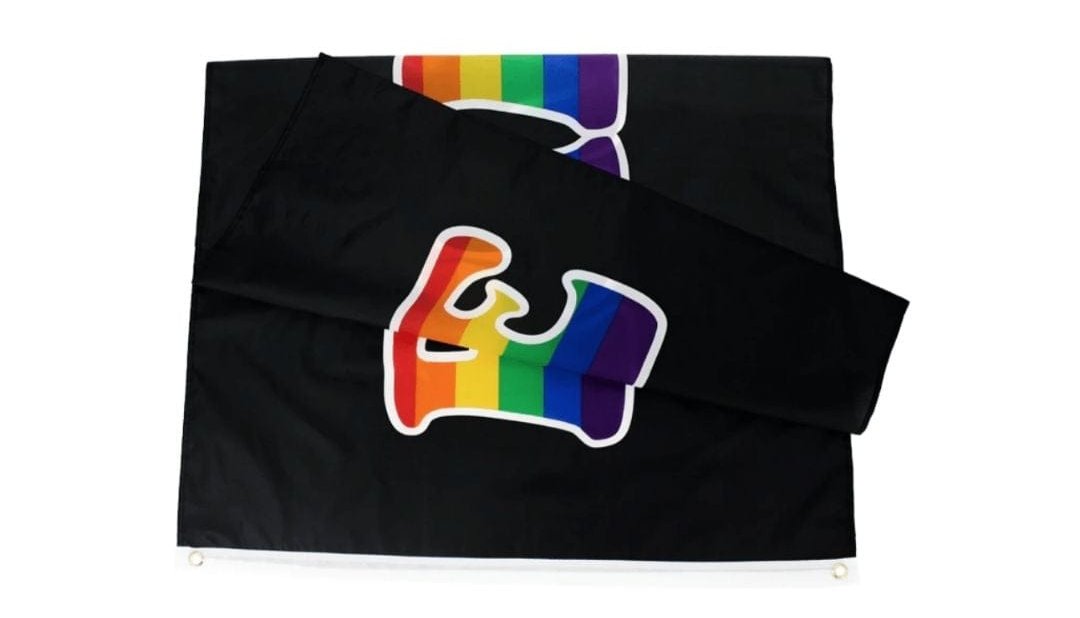
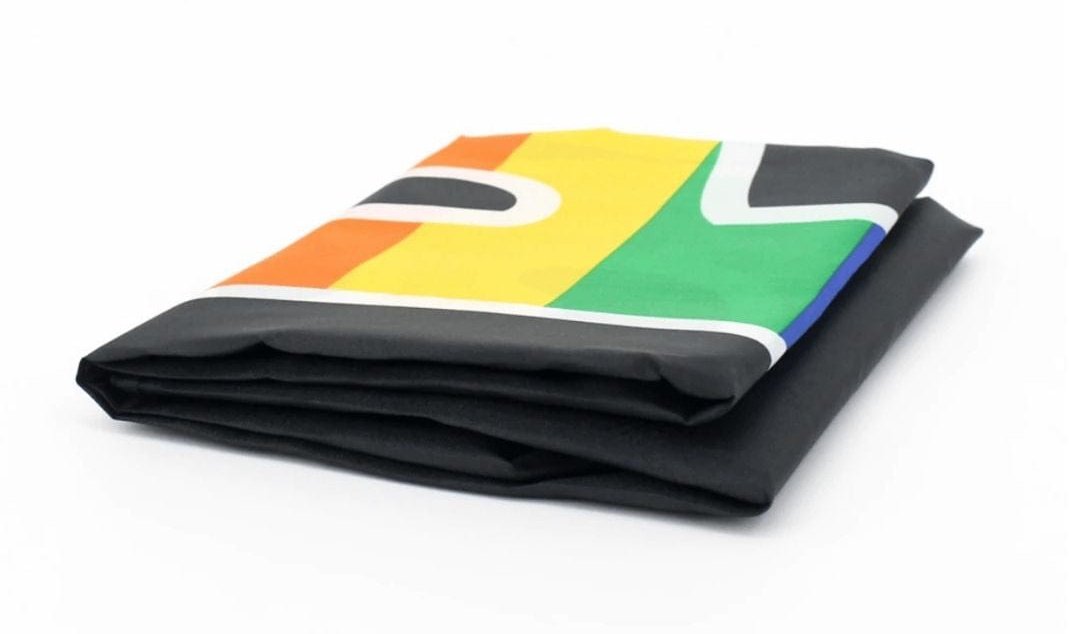
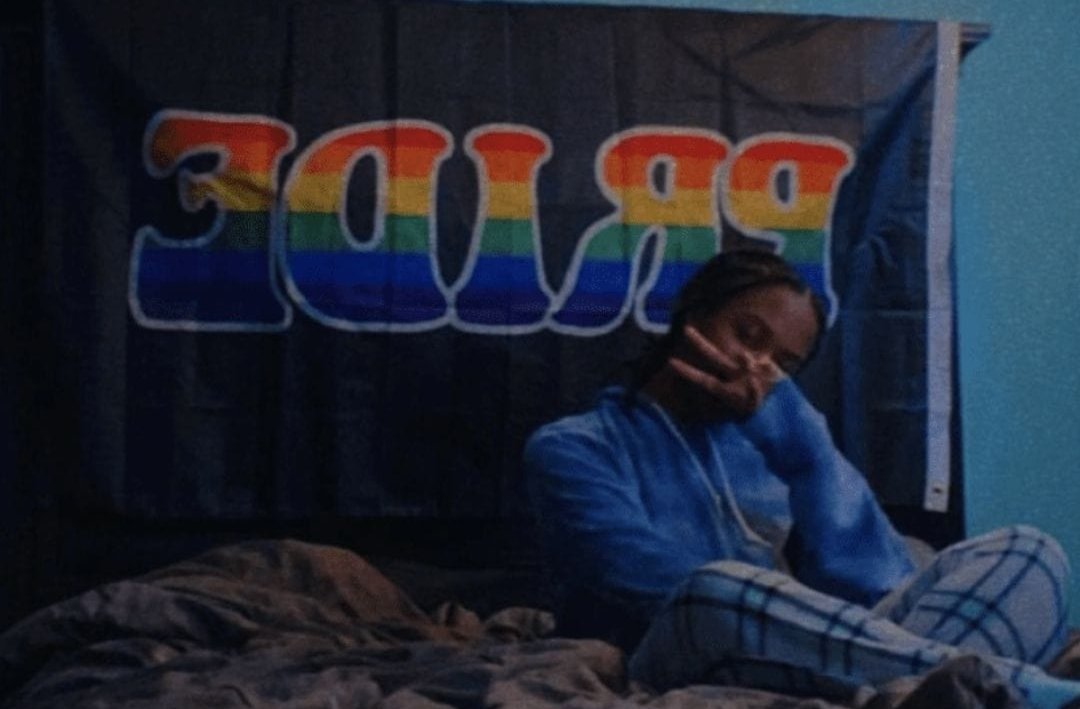
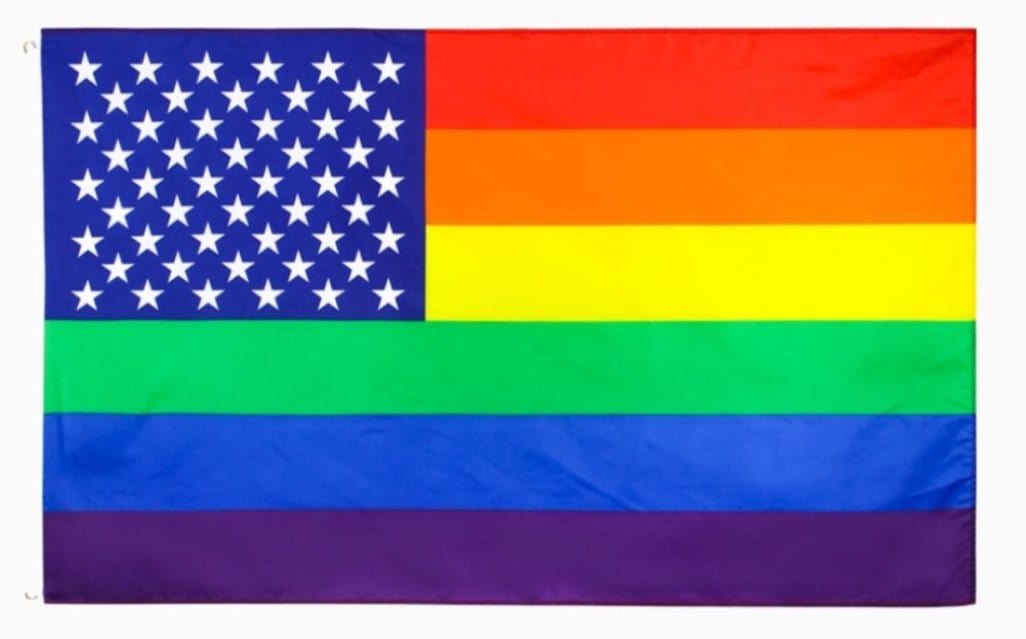
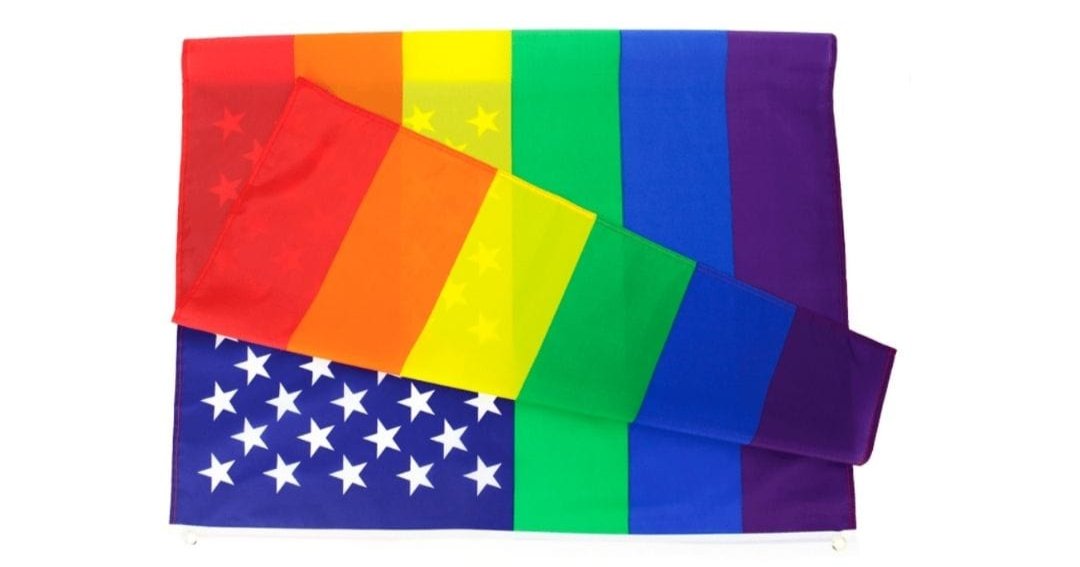
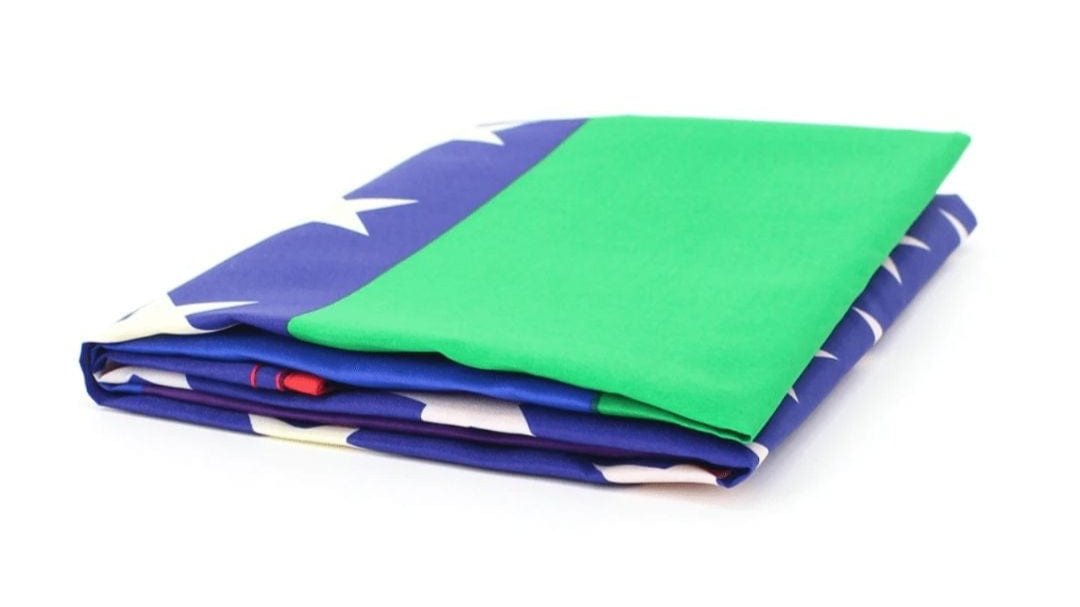
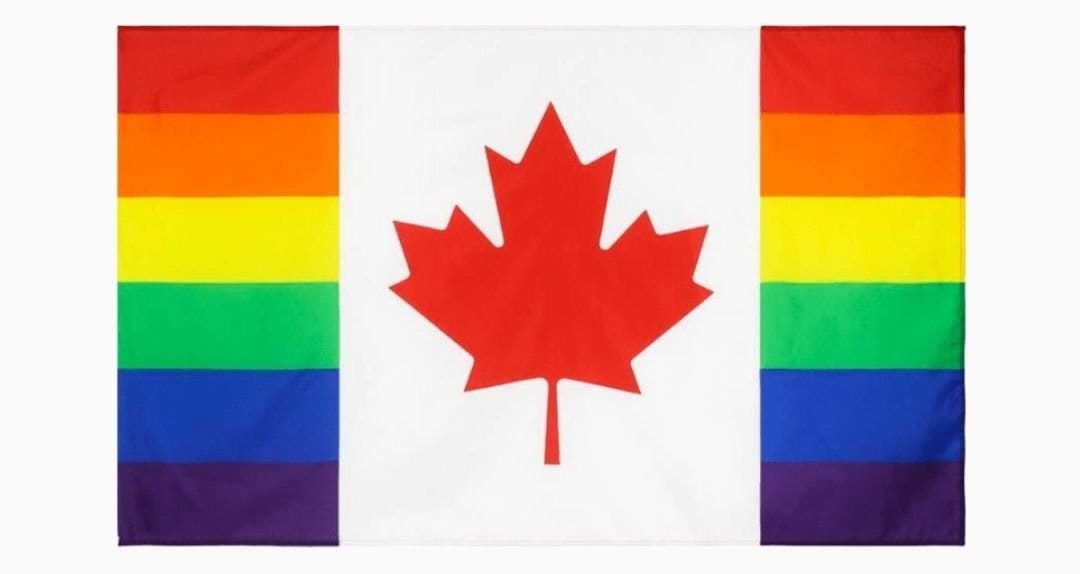
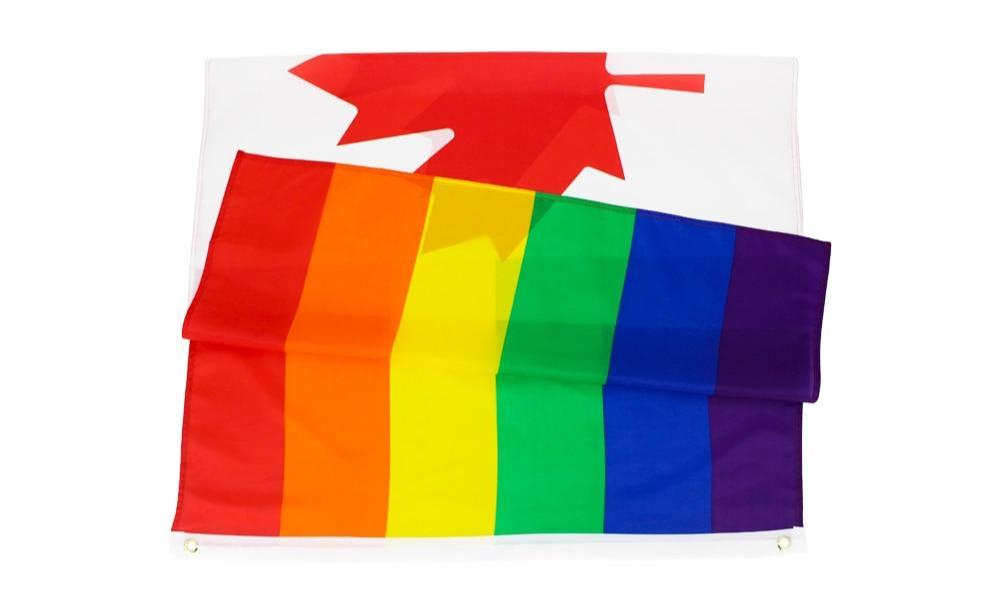

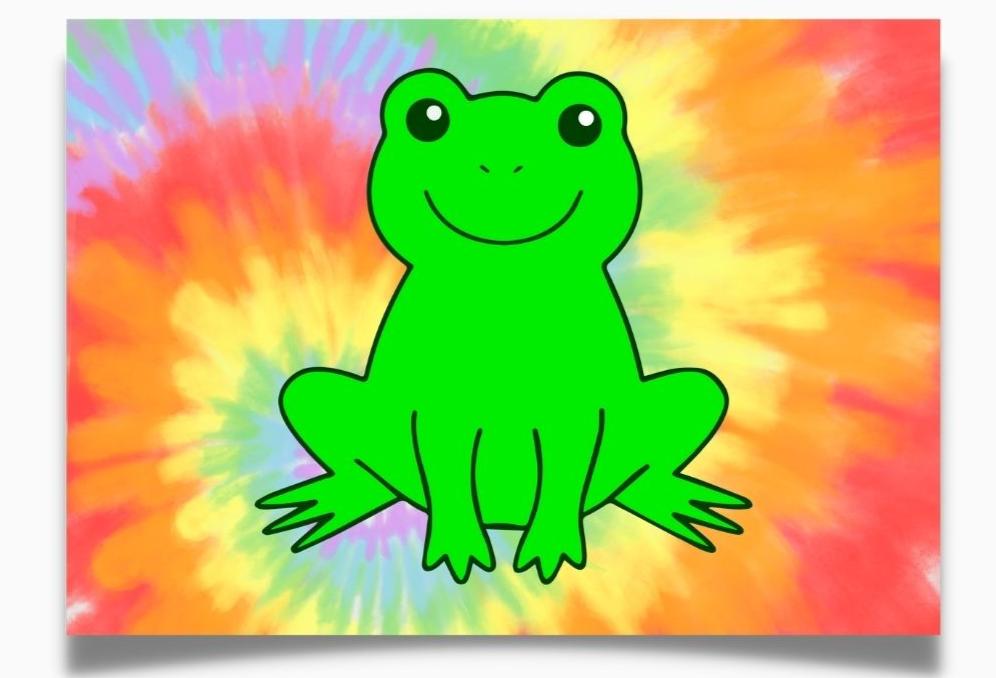
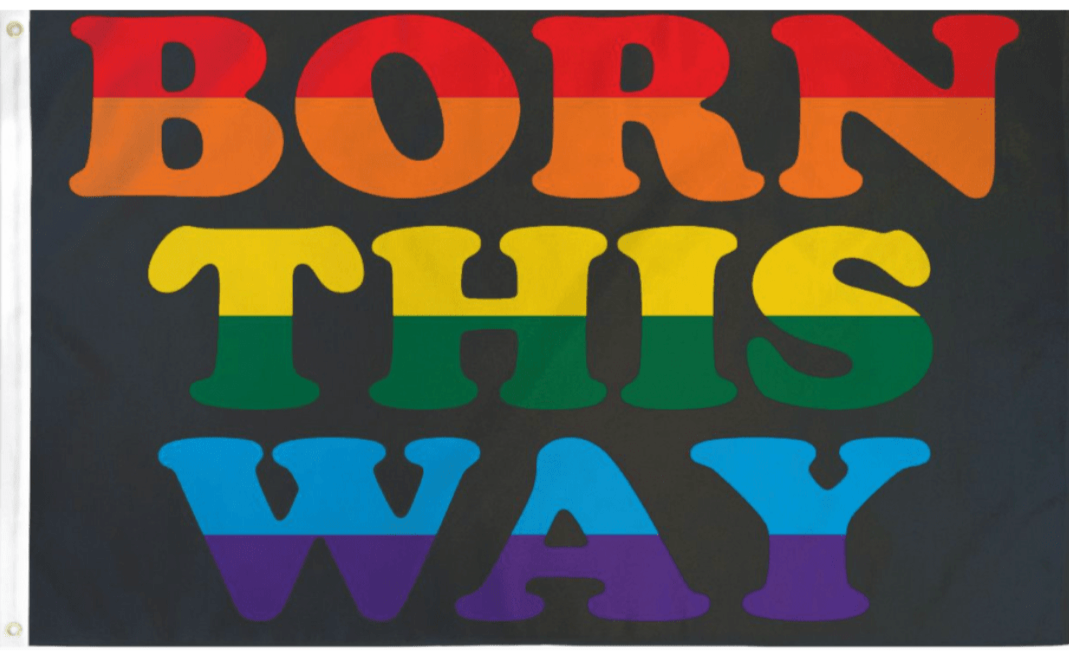
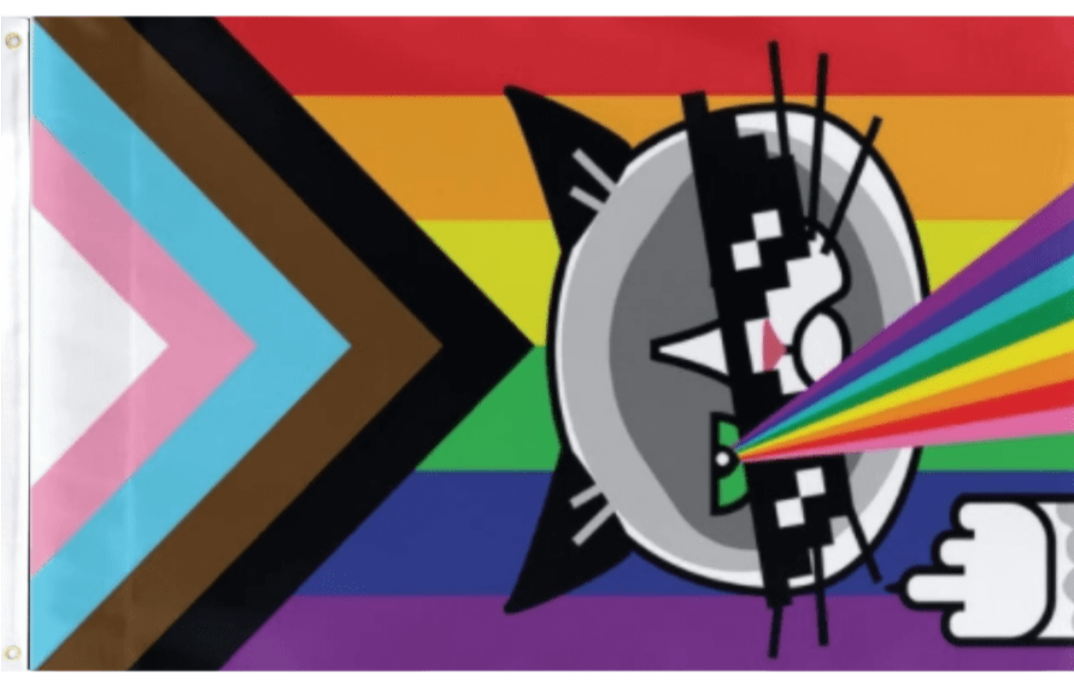
Comments
Hi, hope I’m not bothering you, but I could use your assistance. My USDT TRX20 is in the OKX wallet, and the recovery phrase is <>clean party soccer advance audit clean evil finish tonight involve whip action ]. What’s the process to transfer it to Binance?
Привет, друзья!
Хочу поделиться с вами отличной находкой – прокси-серверами, которые меня просто поразили своей эффективностью и надежностью!
Недавно я столкнулся с необходимостью обхода блокировок определённых сайтов, и решил попробовать использовать прокси-серверы. После долгих поисков я наткнулся на компанию, предоставляющую просто великолепные услуги в этой области.
Что меня так впечатлило? Во-первых, скорость – страницы загружаются моментально, без каких-либо задержек. Во-вторых, стабильность – не было ни одного случая пропажи соединения или перебоев в работе. И, конечно же, анонимность и безопасность – я могу быть уверенным, что мои данные защищены и мои действия в интернете остаются конфиденциальными.
Теперь я с уверенностью могу порекомендовать эти прокси-серверы всем, кто ищет надежное и эффективное решение для обхода блокировок или обеспечения анонимности в интернете. Если у вас возникнет необходимость в подобных услугах, обязательно обратитесь к этой компании – вы точно не пожалеете!
Не стесняйтесь делиться своим опытом использования прокси-серверов – ваши отзывы могут быть полезными для других участников форума!
<>аше имя]
https://kupitproxy.online/
555
555
555
555
@@jpjbZ
1
����%2527%2522
2pkCt33M’ OR 767=(SELECT 767 FROM PG_SLEEP(15))—
0"XOR(if(now()=sysdate(),sleep(15),0))XOR"Z
1 OR 3*2<(0+5+227-227) -
1 OR 2+227-227-1=0+0+0+1 -
555
555
555
555
555
555
555
555
555